
86 per cent of a river gone: First Nation calls on BC Hydro to let more water through
Katzie First Nation wants BC Hydro to let more water into the Fraser region's Alouette...
Get the inside scoop on The Narwhal’s environment and climate reporting by signing up for our free newsletter.
It’s hard not to feel haunted by the caribou.
They used to be everywhere along the coast of Lake Superior. Even as their numbers have dropped over the last century, they’ve remained regular characters in living memory. People tell tales of running into one along a forested trail, a few galloping across a highway, a hungry horde gulping down a picnic’s worth of food, breaking into an unattended cooler and scarfing an entire box of chocolate chip cookies. Some remember watching caribou flock to salt licks in their yards the way others might watch birds at a feeder.
But a lot has changed in the last decade.
The waters of Lake Superior — or Gitchigumi in Anishinaabemowin — are unsettled, with whitecaps in the distance as we set out looking for caribou. It’s late July and feels more like fall than midsummer. Our boat shoves off from Marathon, Ont., a town tucked inside a harbour 300 kilometres east of Thunder Bay. As we follow the coastline west, waves crash against the hull and the fog is so dense we can’t see the cluster of conifers we’re aiming for until it’s right in front of us.
We spend the better part of the day puttering around the rocky islands, one of the few strongholds where Lake Superior caribou still live. But it’s starting to feel like we’re chasing a phantom.
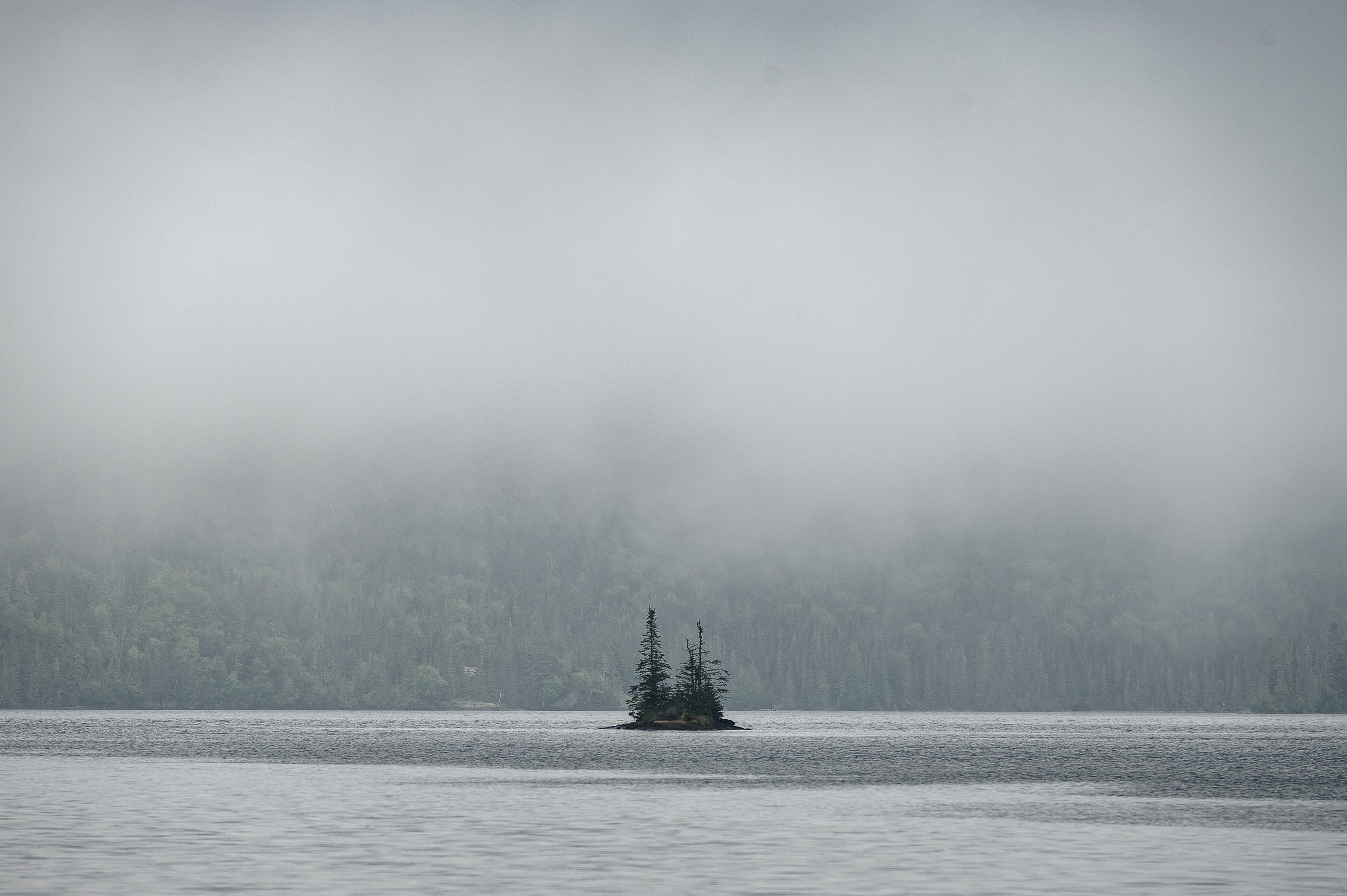
Little signs and whispers are everywhere. Hooved footprints criss-cross a beach. Paths they’ve worn onto the forest floor look well trodden, dotted with the occasional pile of scat. Lichen, a favourite caribou food, drapes from the trees in such abundance it’s easy to imagine a bull with velvety antlers stepping out of the bush to steal a nibble. But after five hours, we haven’t seen hide nor hair of a single one.
The few caribou still surviving here tend to make themselves scarce, our guide for the day Doug Bourgeault tells us. He leads photographer Christopher Katsarov Luna and me onto a small, rickety dock on one of the islands and past a ramshackle research cabin into the bush. It’s a last-ditch attempt to spot a caribou on land, since finding one from the water hasn’t panned out. We stick close to the cabin, which sits on one of the few pieces of land within Slate Islands Provincial Park set aside for human access — leaving the caribou everything else.
We slowly pick our way back to Bourgeault’s boat, stepping over downed trees and beds of tiny ferns while mosquitoes whine in our ears. As the sun sinks towards the horizon, my hopes dim too. With one last look at the still forest behind us, I clamber back onto the boat.
“No worries at all,” I tell Bourgeault as he starts the engine, doing my best to keep the disappointment out of my voice. “It was worth a try, right?”
Inside, I’m not entirely sure it was. Bourgeault warned us from the get-go: our chances of spotting a caribou on the Slates these days were pretty much zero. Despite making regular visits to the islands, he hasn’t seen a caribou here in at least four years.
These unseen ungulates on Lake Superior are woodland caribou, members of a threatened subspecies whose range covers most of northern Ontario — most of Canada, too. Their numbers have been trending down for a century. The looming threat of woodland caribou’s extinction has inspired multimillion-dollar efforts across the country to save them. At the same time, their habitat tends to overlap with areas where logging and mining are big economic drivers and governments have been reluctant to impose conservation-related restrictions on major industries. The question of what to do about them has been at the centre of squabbles between the federal government and several provinces in recent years, including Ontario. All the while, the species continues to decline.
The Lake Superior caribou are a special case, one of the more fragile groups among an already-vulnerable subspecies. Unlike their relatives farther north, the balance in their range is already heavily tipped towards development, with so much human activity for so long that it’s almost impossible to imagine caribou returning to most of it. They’ve largely retreated to offshore islands, leaving them uniquely isolated. There’s no margin of error in case anything else goes wrong — like climate change or wolves, two big factors in the recent decline of the Slate Islands caribou.
One reason they matter, though — enough that Katsarov Luna and I travelled 800 kilometres by plane, car and boat to attempt to see them — is because they show how fragile fates become for threatened species and how monumental a task it is to bring them back once they reach this point. Despite years of effort by First Nations, scientists and local advocates, and some sporadic interventions from the Ontario government, Lake Superior caribou are only a little better off than they were a decade ago. And the laws that allowed them to reach this point are still pretty much the same, which doesn’t bode well for the future of other herds, either.
Perhaps there’s a lesson here in knowing when we’ve reached a tipping point — and more importantly, how to recognize it before the end sits in plain sight, just on the horizon.
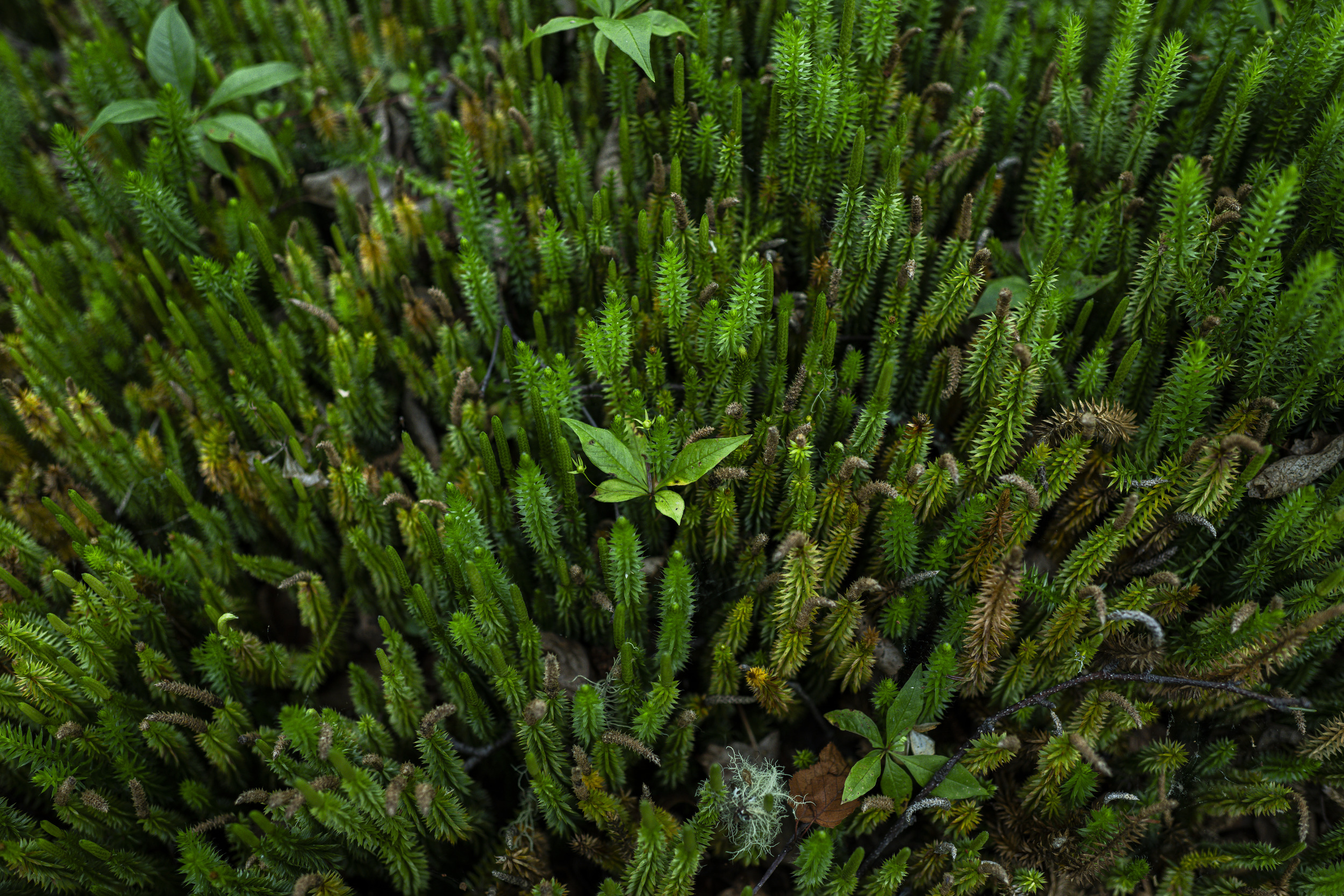
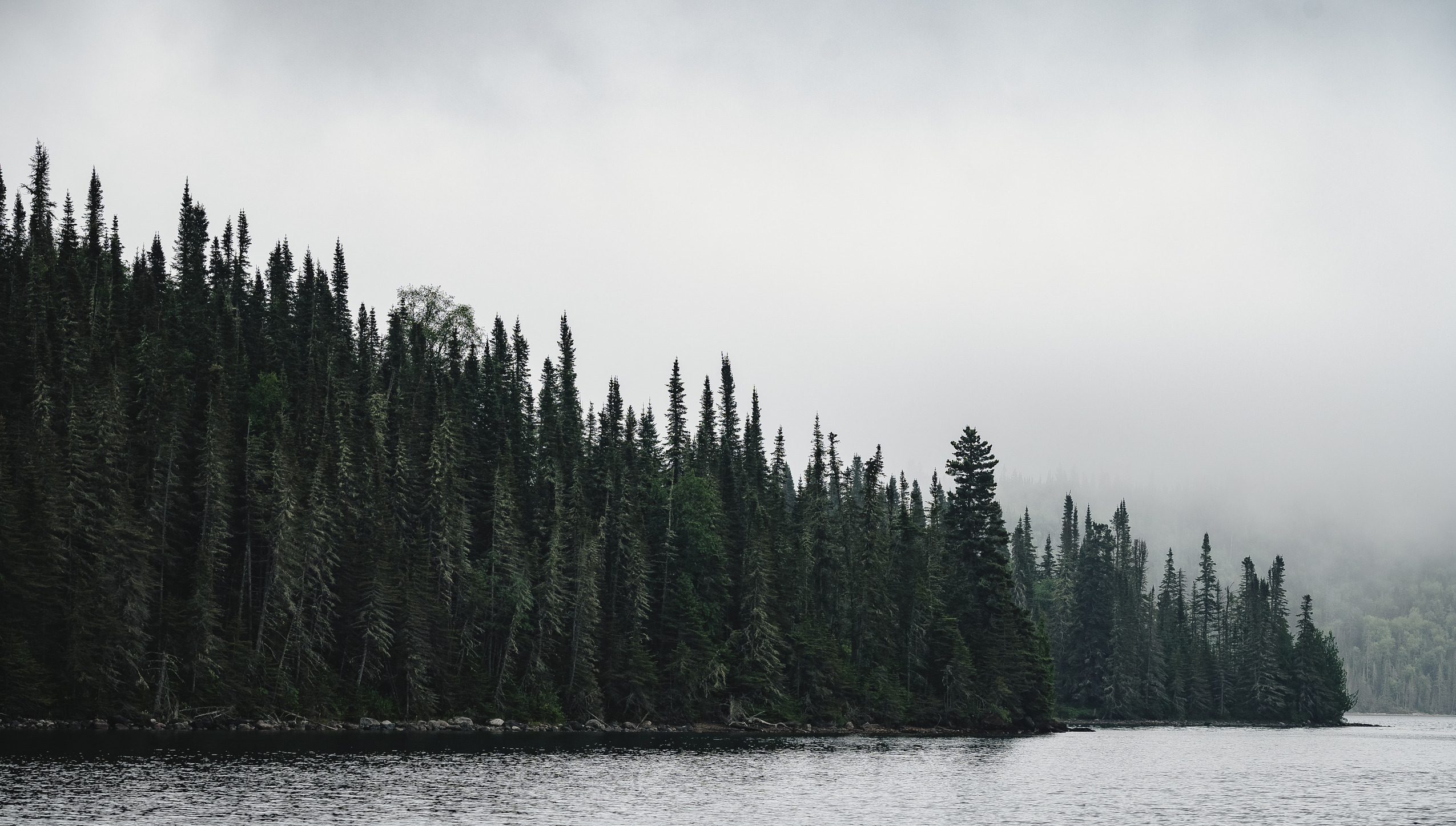
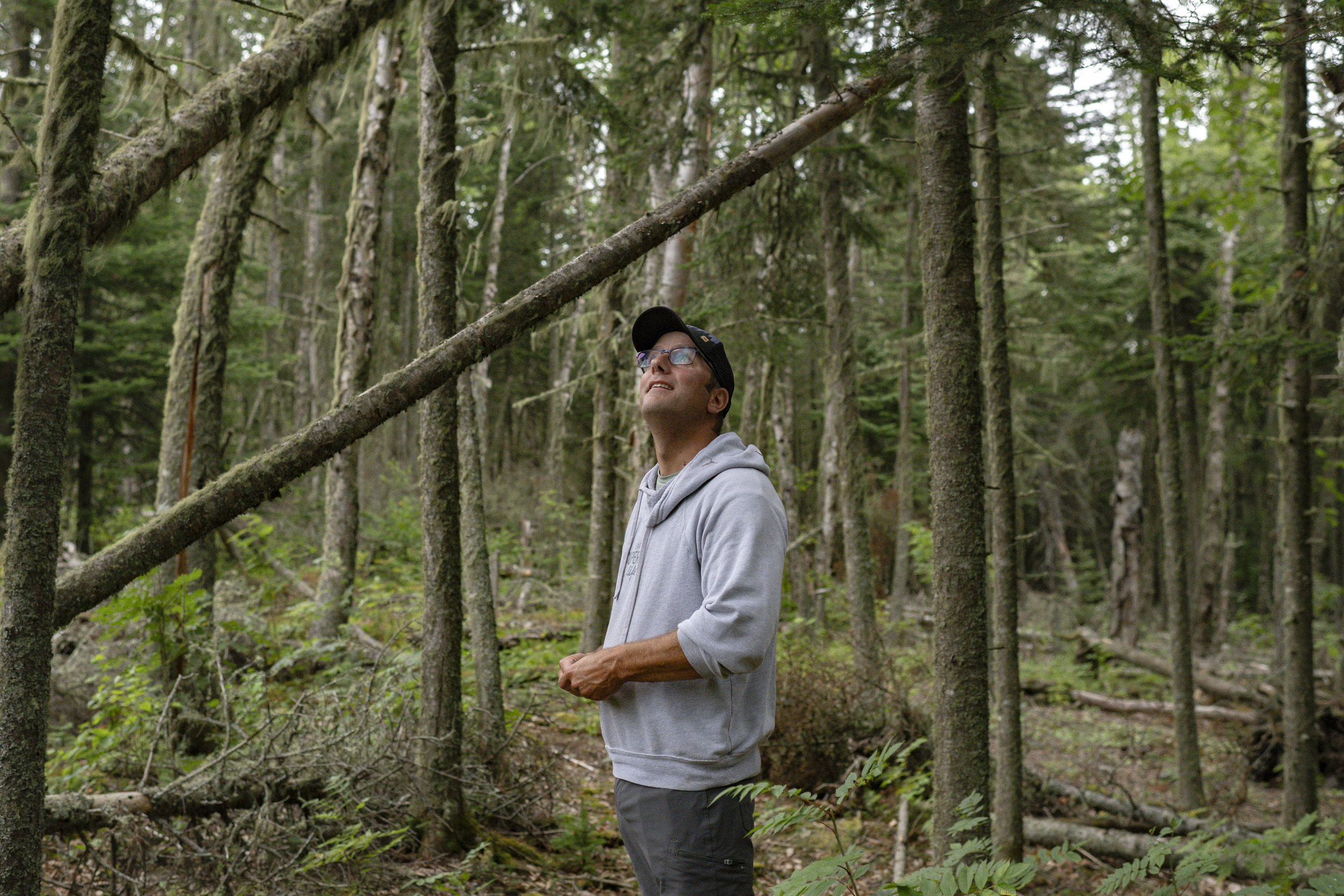
Caribou are as iconic as they are imperilled. Cultures in the upper half of the northern hemisphere are closely tied to the gentle ungulates, which are known as reindeer in Europe. They’re stamped on the back of the Canadian quarter, a pillar of spirituality and survival for many Indigenous communities and best known internationally for pulling Santa’s sleigh.
There are two types of woodland caribou in Ontario: migratory ones that travel in herds, spanning vast distances from the boreal forest to the tundra near Hudson Bay, and forest-dwellers that tend to stick to one area and hang out in smaller groups. Lake Superior caribou, once abundant across most of northern Ontario, are the latter. From the last ice age until about 150 years ago, they lived as far south as what is now Algonquin Provincial Park.
That range has since shrunk. Caribou are no longer a common sight around Sudbury, about 200 kilometres northwest of Algonquin as the crow flies. And though they persist farther north, their decline has been continuous for decades. On Lake Superior, their slow march towards local extinction began more than a century ago.
As European settlers moved into the region, dispossessing Indigenous nations of their territories, they also began to change the landscape. Boom towns sprung up around new mines, mills and logging operations. Settlers built railroads, highways and electricity transmission lines too, running through places that would later become national and provincial parks on the north shore of Lake Superior.
Each piece of new development fed the economic prosperity of industries in northern Ontario, the same wealth that drew my ancestors to settle here in the last century. It also chipped away at caribou habitat, piece by piece.
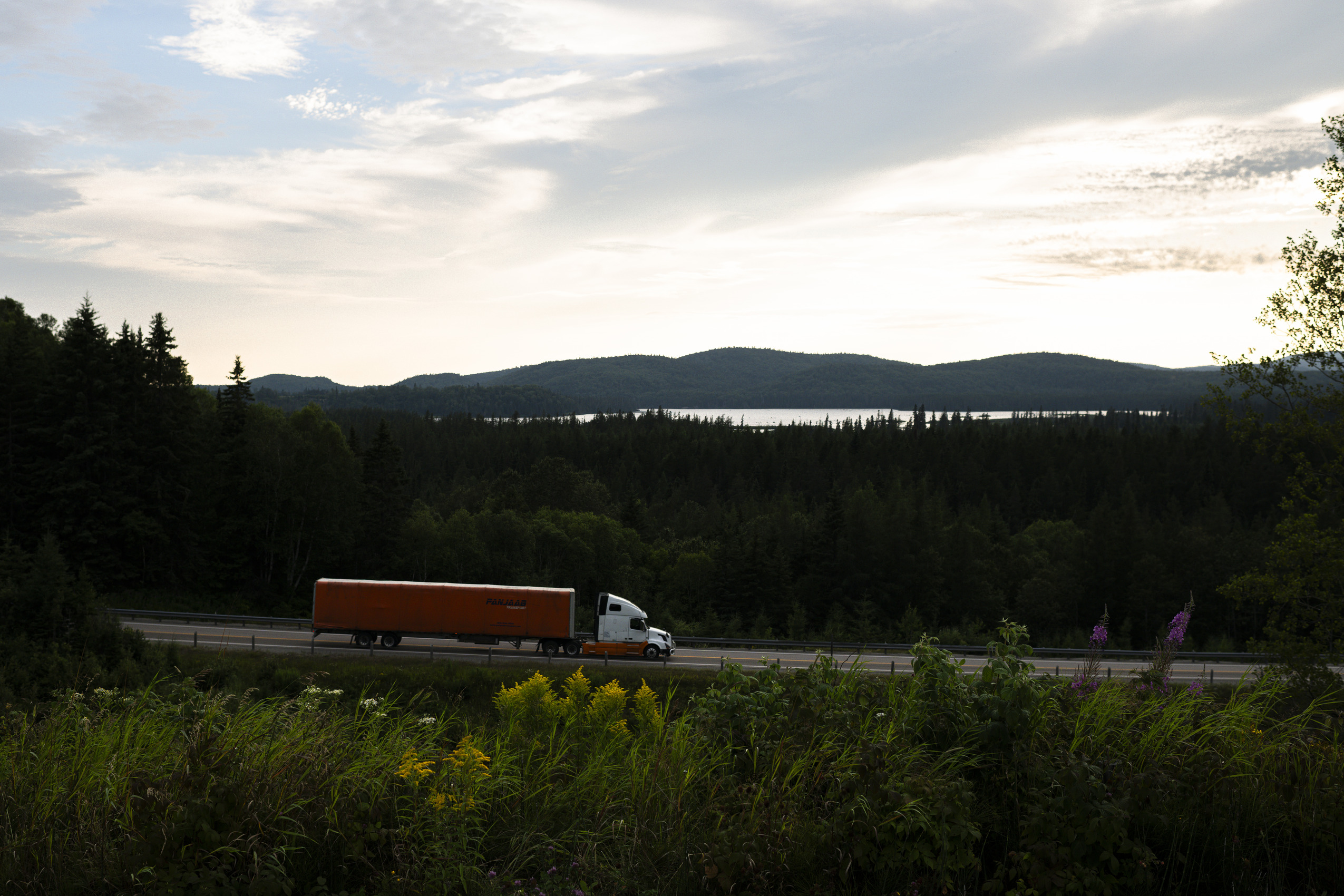
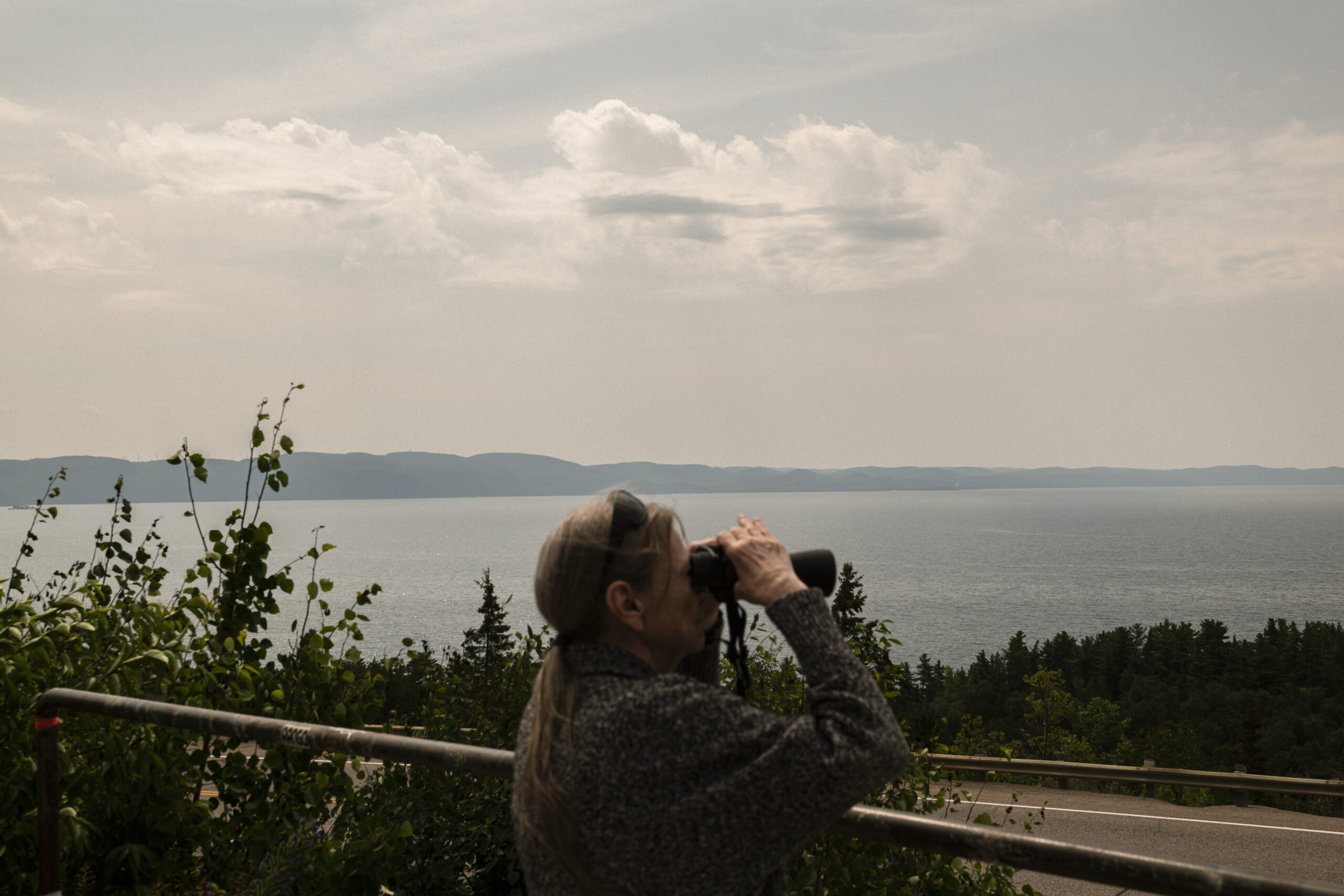
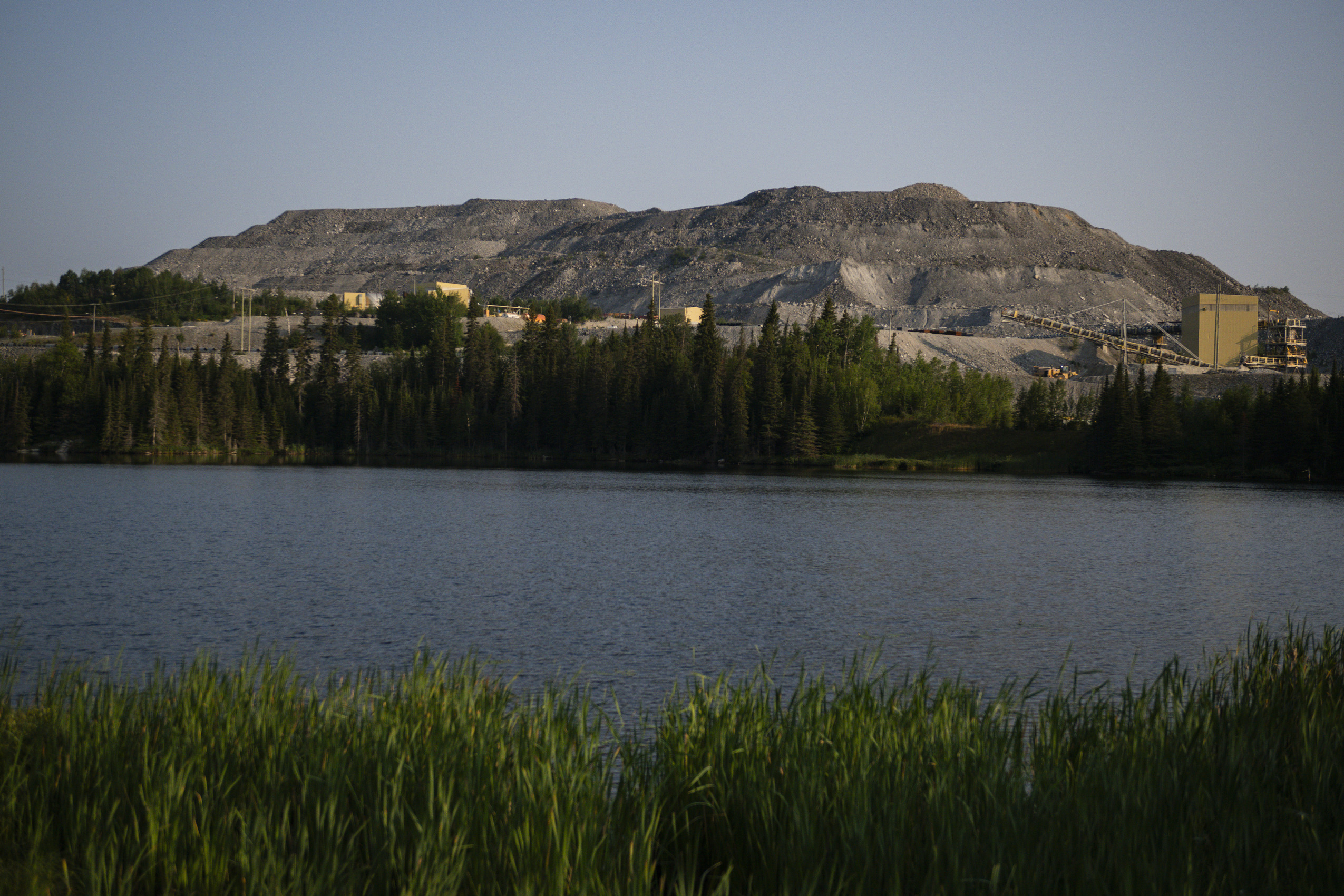
Caribou, whose numbers were also diminished by overhunting, are more sensitive to human disturbance than deer and moose. Deer breed quickly, an advantage caribou lack. And while moose thrive in the young forests that sprout up after an area has been logged, it can take caribou up to 60 years to return to areas humans have cleared. Their main defence mechanism is their stealth, which helps them avoid predators like wolves. But they are far more vulnerable if the deep woods they rely on have been pared down to disconnected patches.
Gradually, the changing landscape and a few years of heavy snow attracted more moose to the places traditionally occupied by caribou. The abundance of moose attracted more wolves, which are also a natural part of the ecosystem, but not in such large numbers.
By the 20th century, the balance between predator and prey had tipped heavily towards the predators, with wolves using human-made clearings like roads and hydro corridors to hunt caribou with more ease than ever before. The caribou retreated to a few strongholds on the northeast side of Lake Superior. A gap of 100 kilometres opened up between the shoreline caribou and the next closest herd.
One small population hung on for a time in Pukaskwa National Park, near Marathon. Duncan Michano, the chief of Biigtigong Nishnaabeg, whose traditional territory encompasses the national park, worked there for 35 years. His last encounter with a caribou on the land happened along a trail in the park more than two decades ago. “I could hear cracking up ahead of me, and I wanted to see what that was,” Michano recalls, a twinkle in his eye.
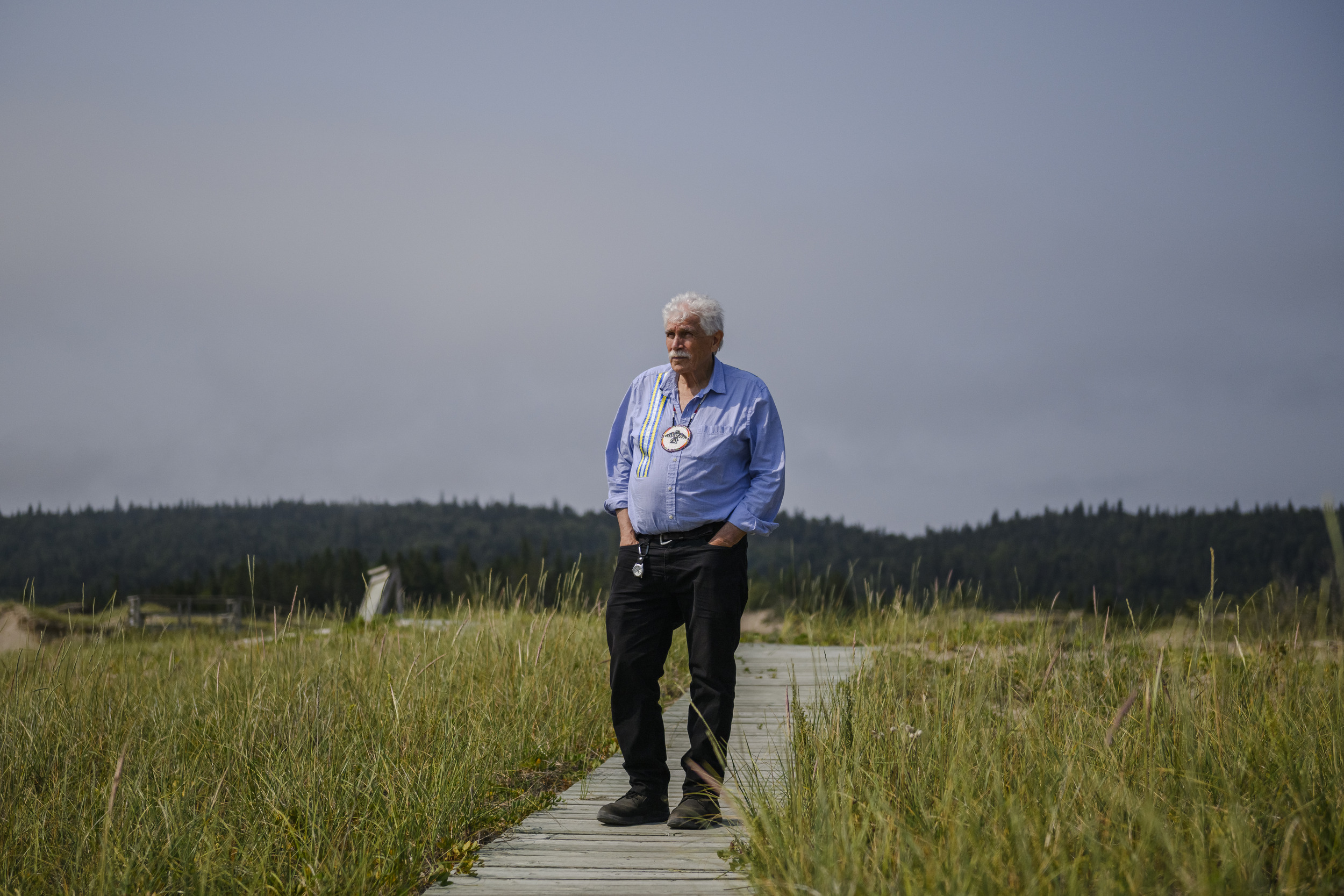
He climbed up some deadfall to get a better look, and came face-to-face with a caribou bull. “He was coming to see what I was, too,” Michano says. “He was nosy.” They stared at each other for a while before the caribou turned around and strolled away. “They’re beautiful little animals,” he says. Little compared to moose, at least.
Michano tells me the story from a bench at the mouth of Biigtig Ziibii, also known as the Pic River, where we sit for an hour, watching fog roll in over Lake Superior. A massive expanse of sand dunes stretch out to the west, grasses trembling in the breeze. Pukaskwa sits just across the river to the east, a rocky shoreline giving way to dense forest.
As pristine and peaceful as the place seems, the Pukaskwa herd couldn’t hang on. Their numbers suffered a hasty decline in 1988, leaving just five survivors by 2009. A paper published in 2015 concluded the group is effectively gone, pushed out by wolves.
Other caribou sought safety offshore, farther from predators and people. Some ended up on the Slate Islands, where about 100 to 200 resided in the early 2010s. The biggest group, about 900 to 1,000, lived on Michipicoten Island, near Wawa, Ont. In the 1980s, a lighthouse keeper noticed the tracks of a caribou bull on an ice bridge frozen over the lake to Michipicoten. The Ontario government moved seven females and one more male over to join him in hopes the population would take off. For a while, it did.
Even though caribou had been erased from most of their historic range around the Great Lakes, they were still abundant on Michipicoten Island. Bourgeault remembers camping trips on Lake Superior in the 2000s where he’d spend mealtimes shoving a caribou’s muzzle away from his plate. “They’re like horses,” he says.
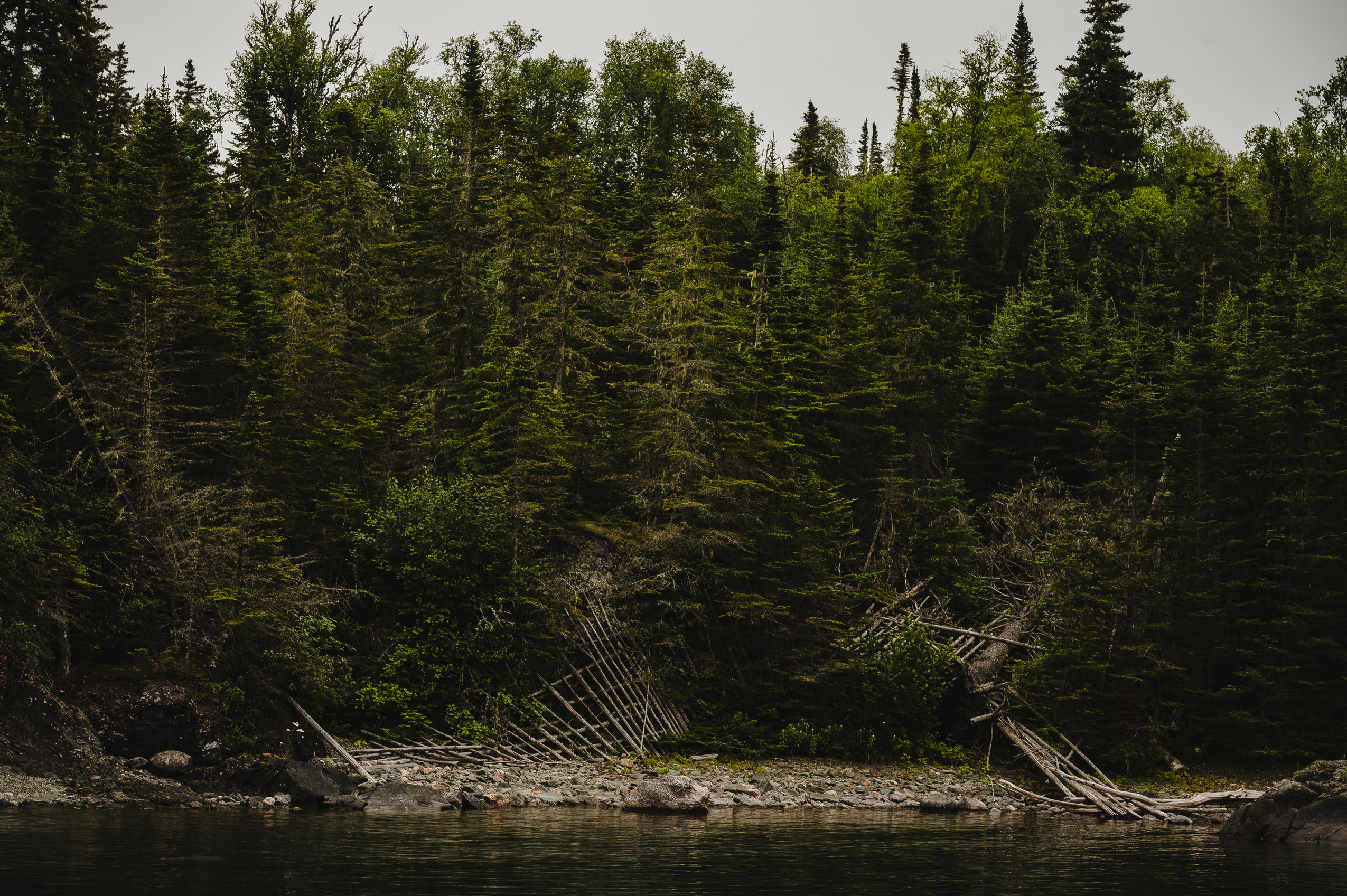
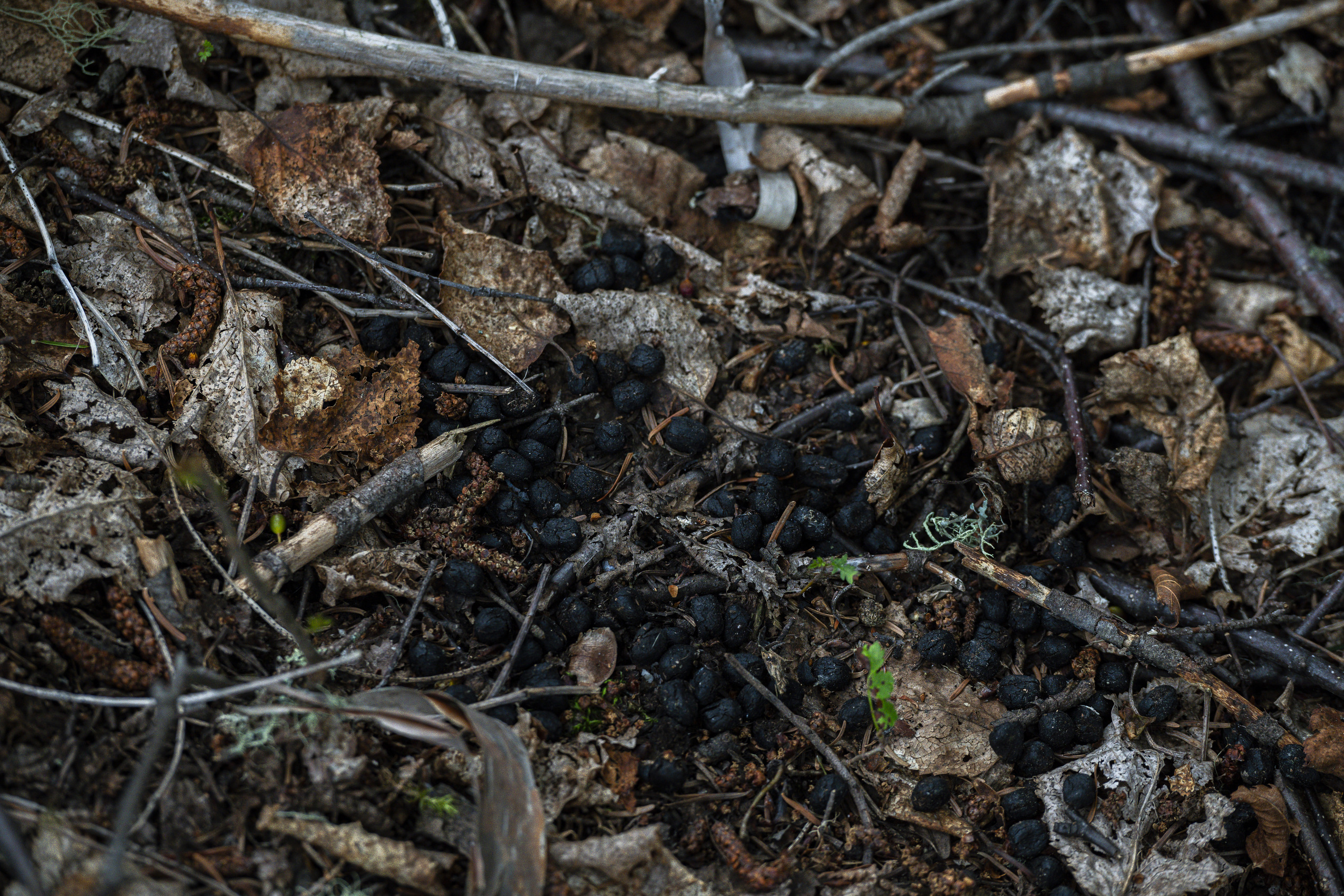
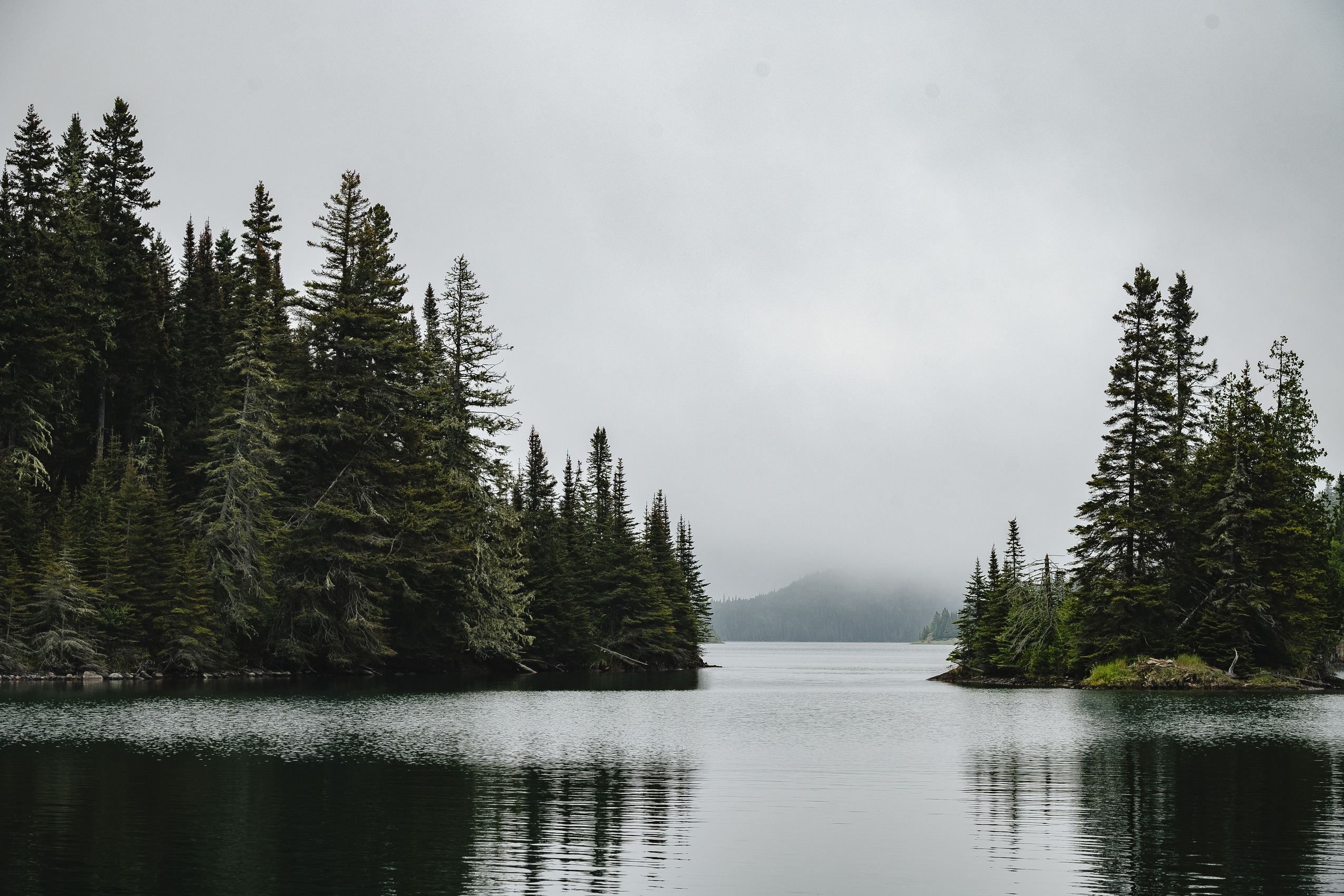
Sometime around the winter of 2013 to 2014, an especially frigid cold spell allowed parts of Lake Superior to freeze over. An ice bridge formed from the mainland to Michipicoten Island and wolves crossed over. The following year, they crossed over to the Slates.
This isn’t abnormal — it used to happen much more often, allowing a freer flow of animals between the islands and the shore. Wolves could pursue the caribou, and some caribou could evade them and escape. Or, if caribou numbers started to decline, wolves could leave and seek other, more plentiful food sources on the mainland. But climate change is warming Lake Superior faster than any of the Great Lakes, and it doesn’t freeze over as early or often as it used to. When the ice bridge melted, it didn’t come back soon enough, and wolves and caribou were trapped together.
The wolves dined on the threatened ungulates. The caribou, unable to escape, winked out one by one. The islands that gave them sanctuary also dealt them what appeared to be a death blow.
Years went by, and the Ontario government studied the situation but didn’t do anything about it, even as Biigtigong Nishnaabeg, Michipicoten First Nation and other locals called on them to act. In early 2018, two bulls were the only caribou left on the Slate Islands, alive but unable to reproduce. About 15 more caribou remained on Michipicoten Island.
“Governments move slow as heck,” Michano told me in 2022, for a previous story about Lake Superior caribou. “They sat around on their hands until almost all of the caribou were gone.”
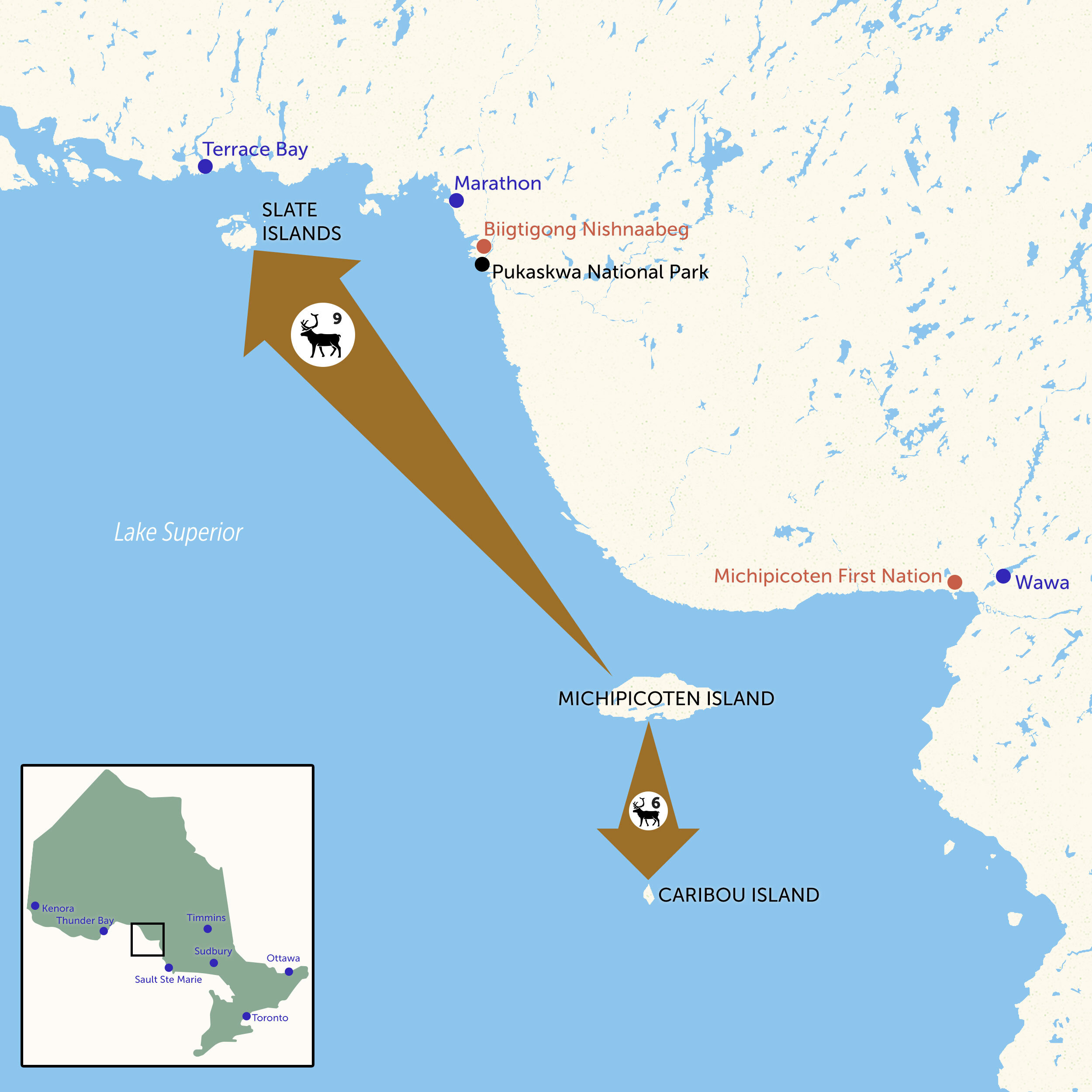
Finally, the Ontario government stepped in and worked with Michipicoten First Nation to airlift the 15 animals to safety by helicopter.
In the end, six caribou from Michipicoten were dropped off at a wolf-free hideout so far out in the lake an ice bridge seems nearly impossible. It’s called Caribou Island, as luck would have it — a privately-owned dot on the map named after a herd briefly introduced there a century ago.
The remaining nine caribou were transplanted to the Slates in 2018 to join the lonely bulls. By then, the wolves had left to find more abundant prey. They seem to have stayed away since, allowing caribou numbers to slowly rebound.
It’s easy to blame the wolves. Plenty of people do, but the reasons for the demise of woodland caribou are more complex: successive generations and governments have allowed Lake Superior caribou herds to wither away to the point where it only took a tip on the scales of predator and prey to nearly wipe them out completely.
Many of us think of it as a wildlife management problem, Michano says, but it’s really a people management problem.
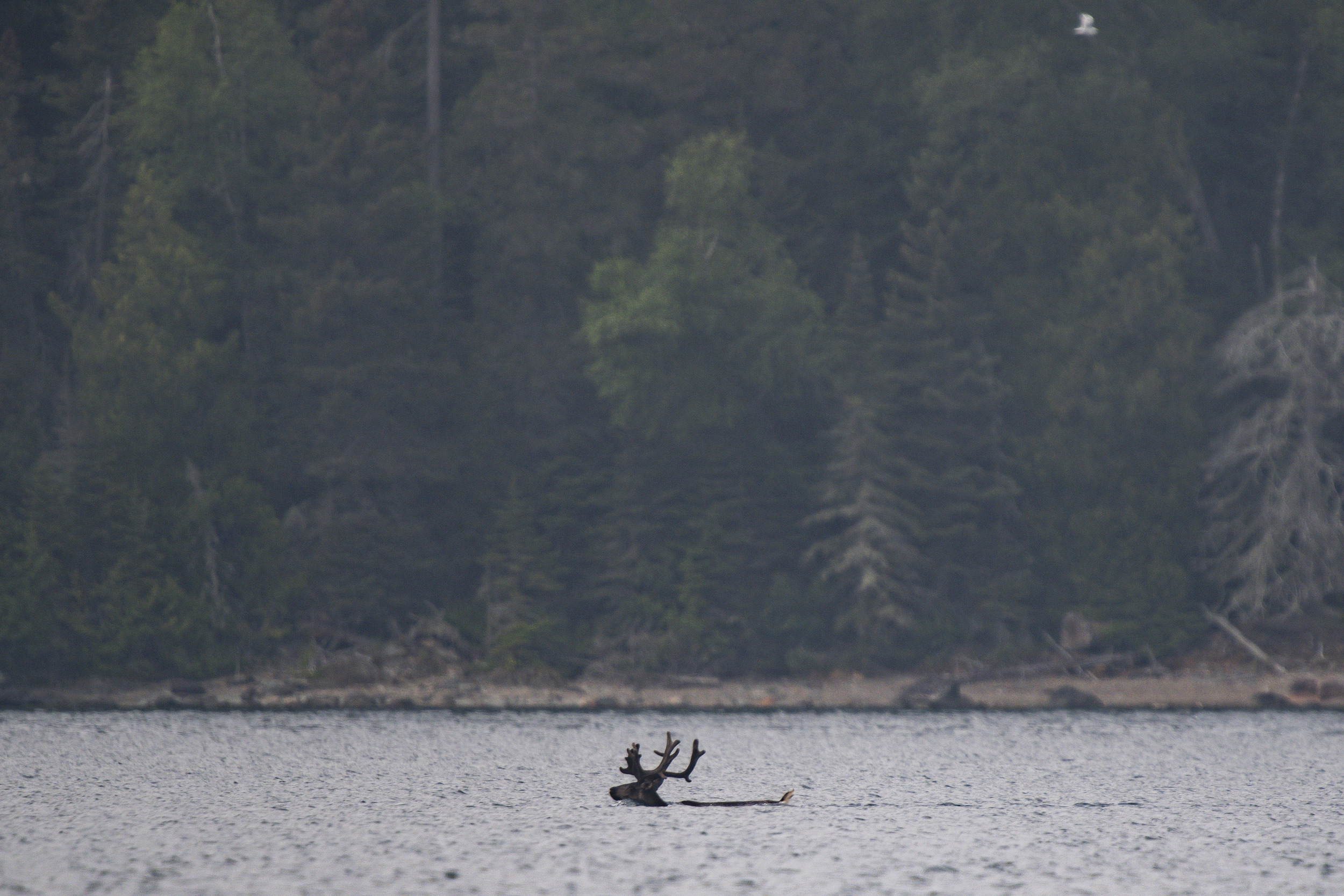
“The wolves were always there,” Michano says. “You know what wasn’t fucking there? A shitload of people. You know what else wasn’t there? There wasn’t a railroad there. You know what else wasn’t there? There wasn’t a highway there. You know what else wasn’t there? There wasn’t a whole shitload of fucking transmission lines there.”
Driving north from Sault Ste. Marie, Ont., to Marathon on a winding stretch of the Trans-Canada Highway, those human changes to the landscape are easily visible. Even between towns, the road is lined with transmission lines, cell towers, and railroad tracks, spots where the forest has been cleared. None of this was here 150 years ago.
The Slate Islands are only about 12 kilometres from the shore, but they seem like another world entirely. In the channels of the archipelago, the water is glass, a stark contrast to the stomach-churning swells on the open lake. Loons glide by. An otter chirps. An ethereal mist hangs low. The smell of the spruces on shore envelops you before your feet even touch land. The thin whistles of sparrows ring out from the treetops, echoing off cliff faces. The only other people we see are a small group resting on the rocky shore.
“See any caribou?” Katsarov Luna calls to them as we draw closer.
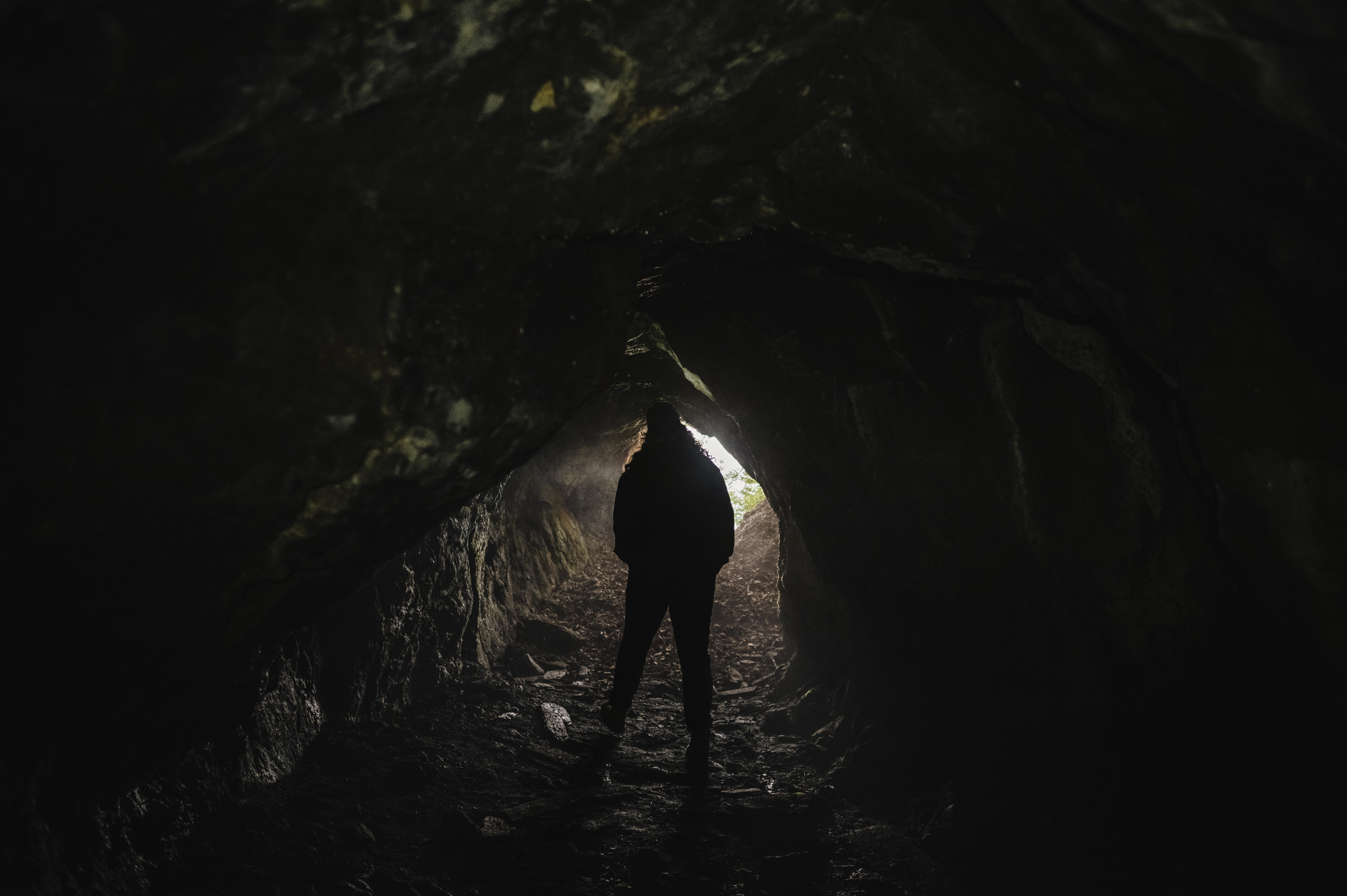
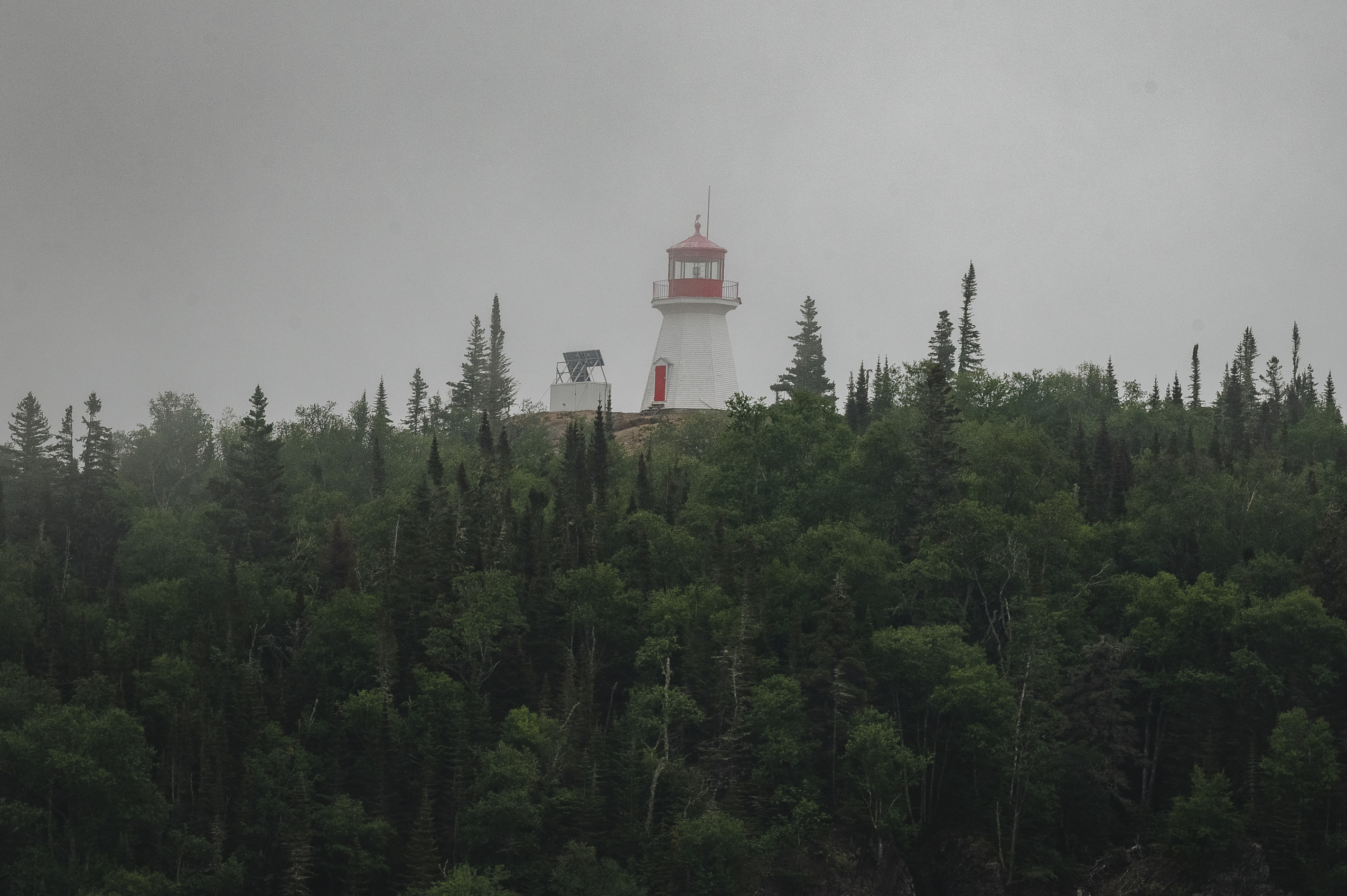
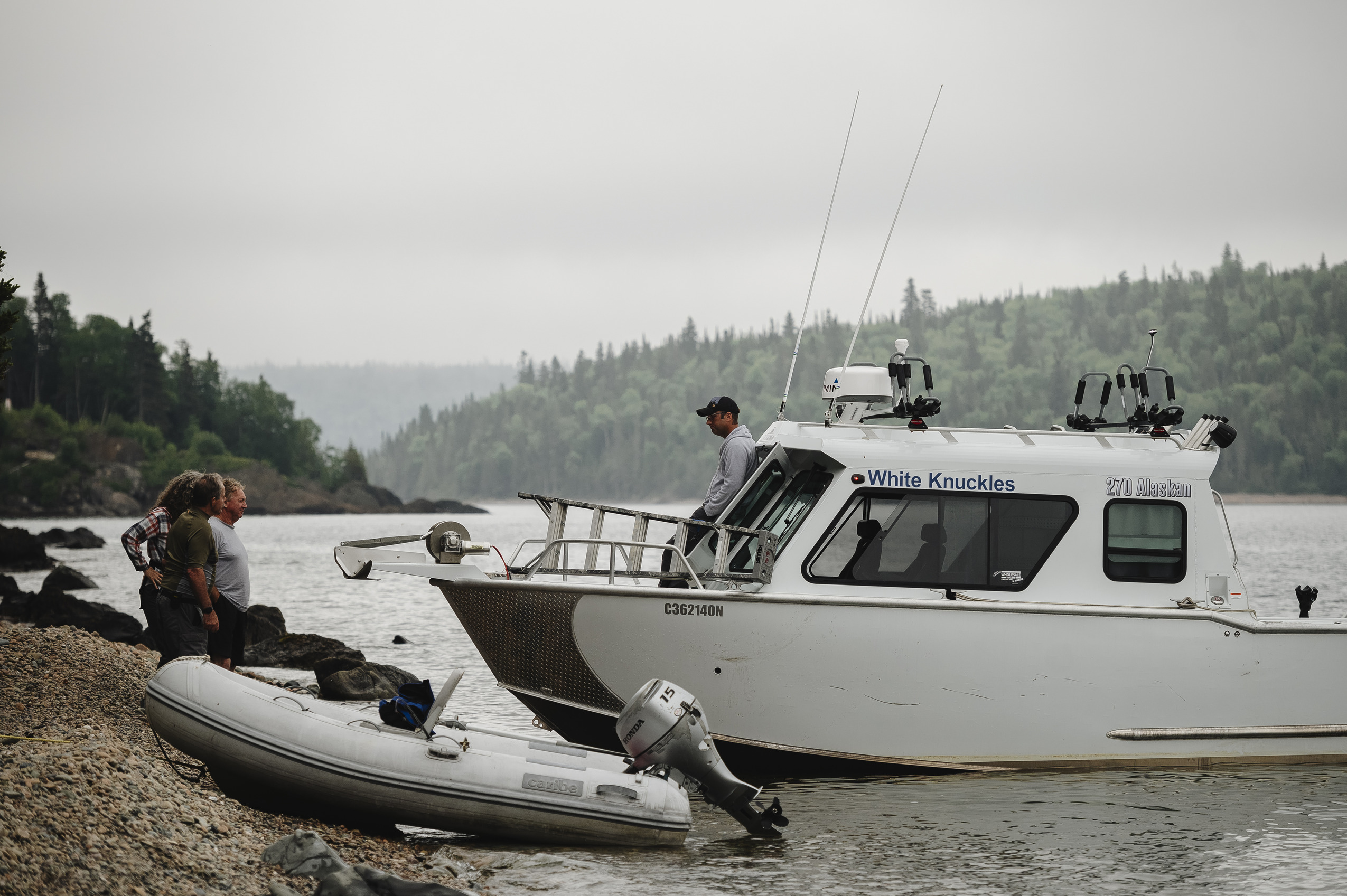
They shake their heads and shout back, “Nope.”
There is a little bit of human activity on the Slates — a lighthouse that no longer has a keeper, the cabin, a shallow mine shaft that predates the provincial park, a few other boats here and there. Kayakers and researchers travel through here too, sometimes camping at sites around the islands. It’s an unserviced provincial park, meaning there aren’t facilities or staff on site. There’s plenty of undisturbed forest where a shy caribou can hide. There are no trails either, save for the ones created by hooves.
These places are relatively safe for now, but no one knows how long that will last. Caribou Island, some 160 kilometres away from the Slates, has no predators, but it also has a limited supply of lichen that researchers believe can only support about 30 caribou. That’s about how many are surviving there now. The Slates have a healthy lichen supply and current estimates of the caribou population vary from about 45 to 100, but wolves continue to be a risk. The next time an ice bridge forms, anything could happen. The caribou gene pool in both places is also pretty shallow. They’d have a better shot at avoiding the health problems that can come with inbreeding if they had some different Y chromosomes in the mix.
Clearly, caribou can’t stay put on the islands forever. “When is the [ministry] going to get off their arse?” Michano asks.
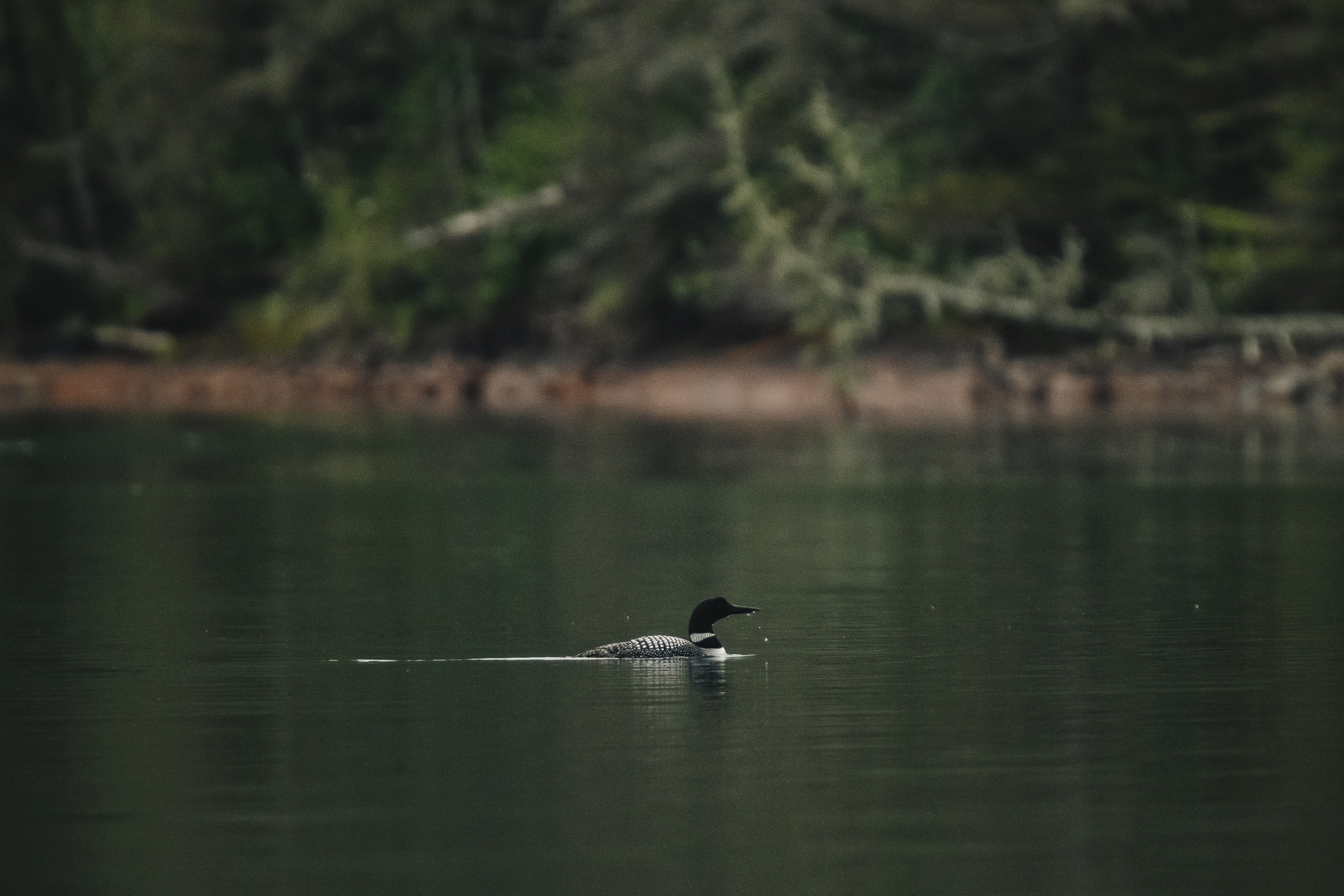
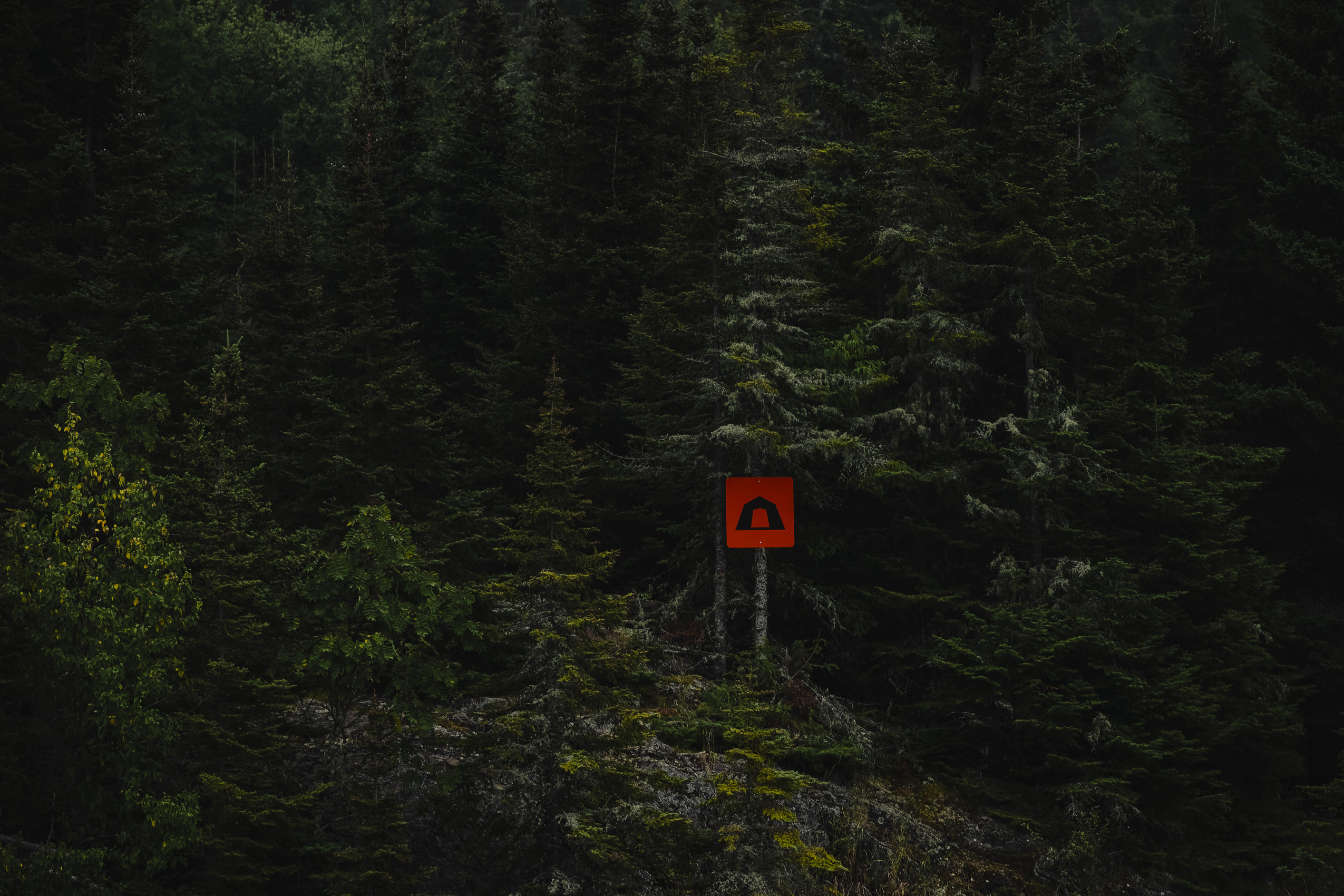
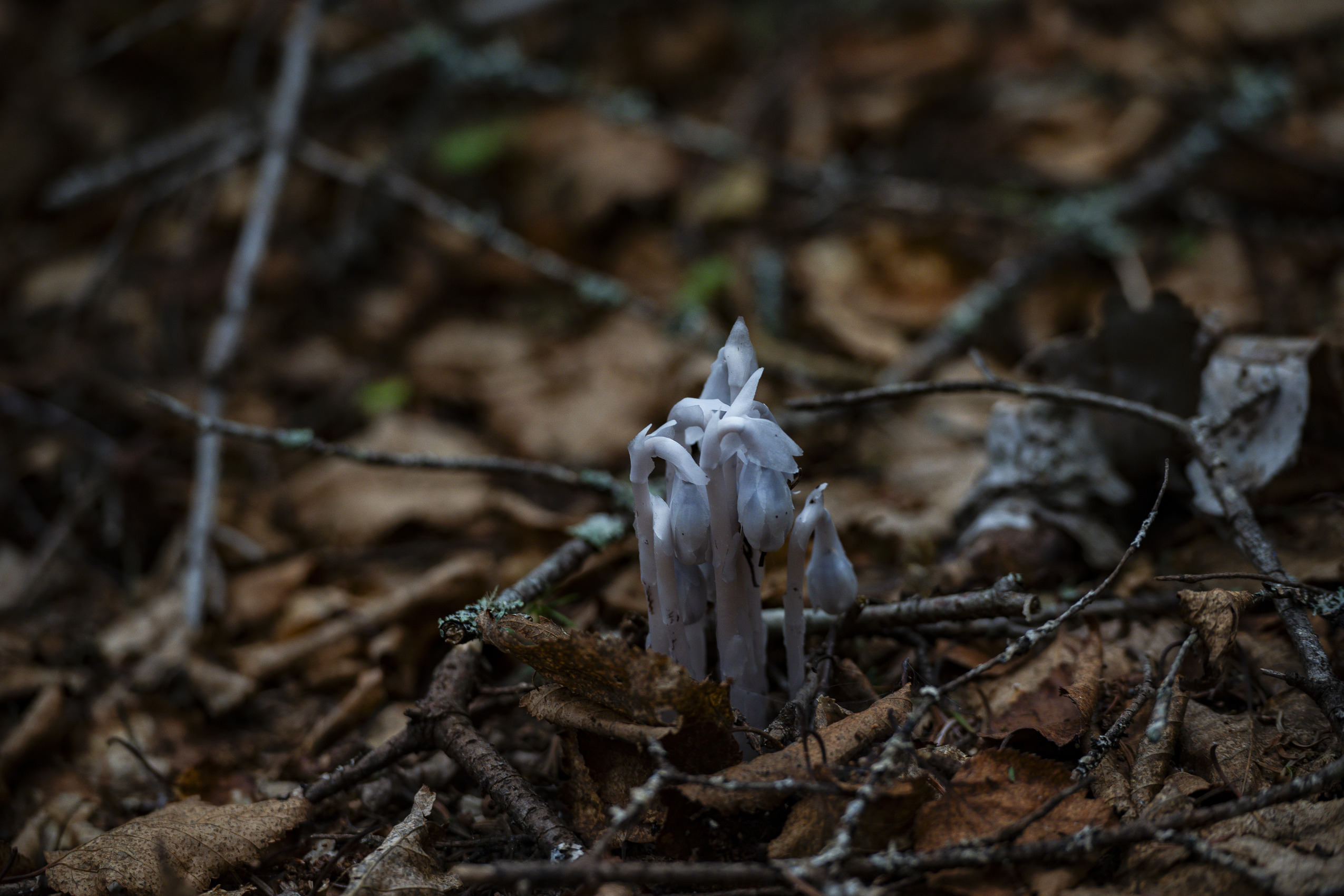
Right after the 2018 caribou translocations, the Ontario government seemed interested in finding a long-term solution for the island caribou. The Environment Ministry consulted the public about a long-term strategy for Lake Superior caribou protection and recovery that same year. But it was never finalized; a public posting about the plan hasn’t been updated since 2019.
Although Michipicoten First Nation, Biigtigong Nishnaabeg and caribou advocates continued to push, it seemed the province’s motivation had fizzled. The Lake Superior caribou fell off the radar for a while, until Ottawa waded into the debate over caribou protection in Ontario.
It was part of a greater push by federal Environment Minister Steven Guilbeault to crack down on the provinces’ management of species at risk. Such species are a shared responsibility. The federal government is usually only automatically responsible for flora and fauna on federal lands, while provinces and territories cover the rest of the areas within their borders. But the federal government can step in if it thinks provinces and territories aren’t doing enough, and Guilbeault warned in 2022 that a crackdown was coming if provinces didn’t take steps to safeguard wildlife at risk of extinction on provincial lands.
Caribou were one of the animals Guilbeault set his sights on, and soon after, the federal government and Ontario penned an agreement in spring 2022 to protect them. Each government pledged to put $5 million that year towards work to conserve the ungulates. The plan also included a standalone section about the Lake Superior caribou, mandating that Ontario finalize its management approach by 2024 and implement it the following year.
The federal government has now signed nine caribou conservation agreements with provinces, territories and Indigenous governments across the country. The jury is still out, however, on whether these documents are accomplishing much. Alberta signed an agreement in 2020, but a report from the provincial government released earlier this year indicated it has made little progress. The Ontario plan has also been controversial, with conservation groups and First Nations saying it fails to address the cumulative effects of industrial logging, road building and mining. Without that, it’s unlikely to help the Lake Superior caribou — or prevent other herds from having their habitat whittled away until they’re in similarly dire straits.
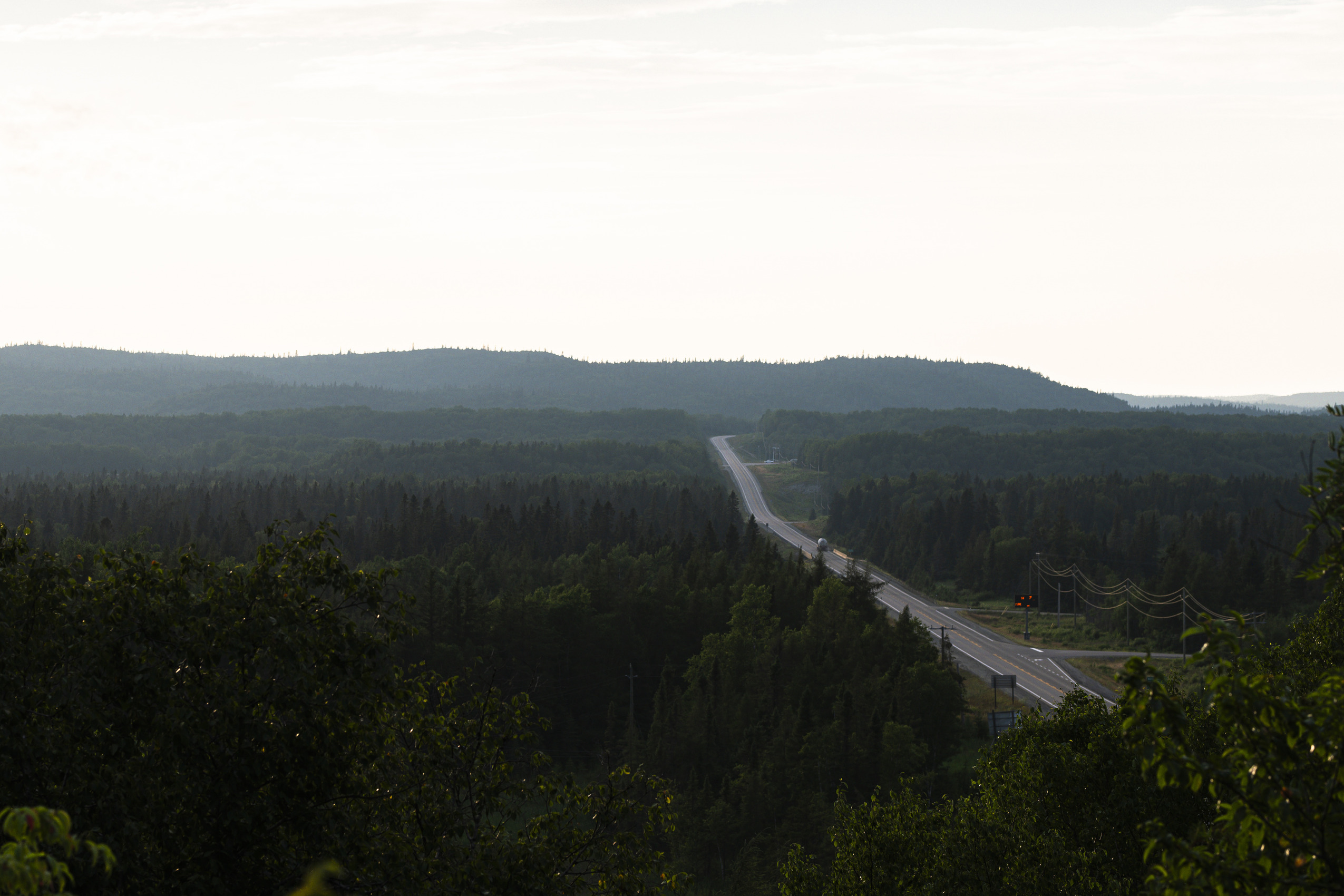
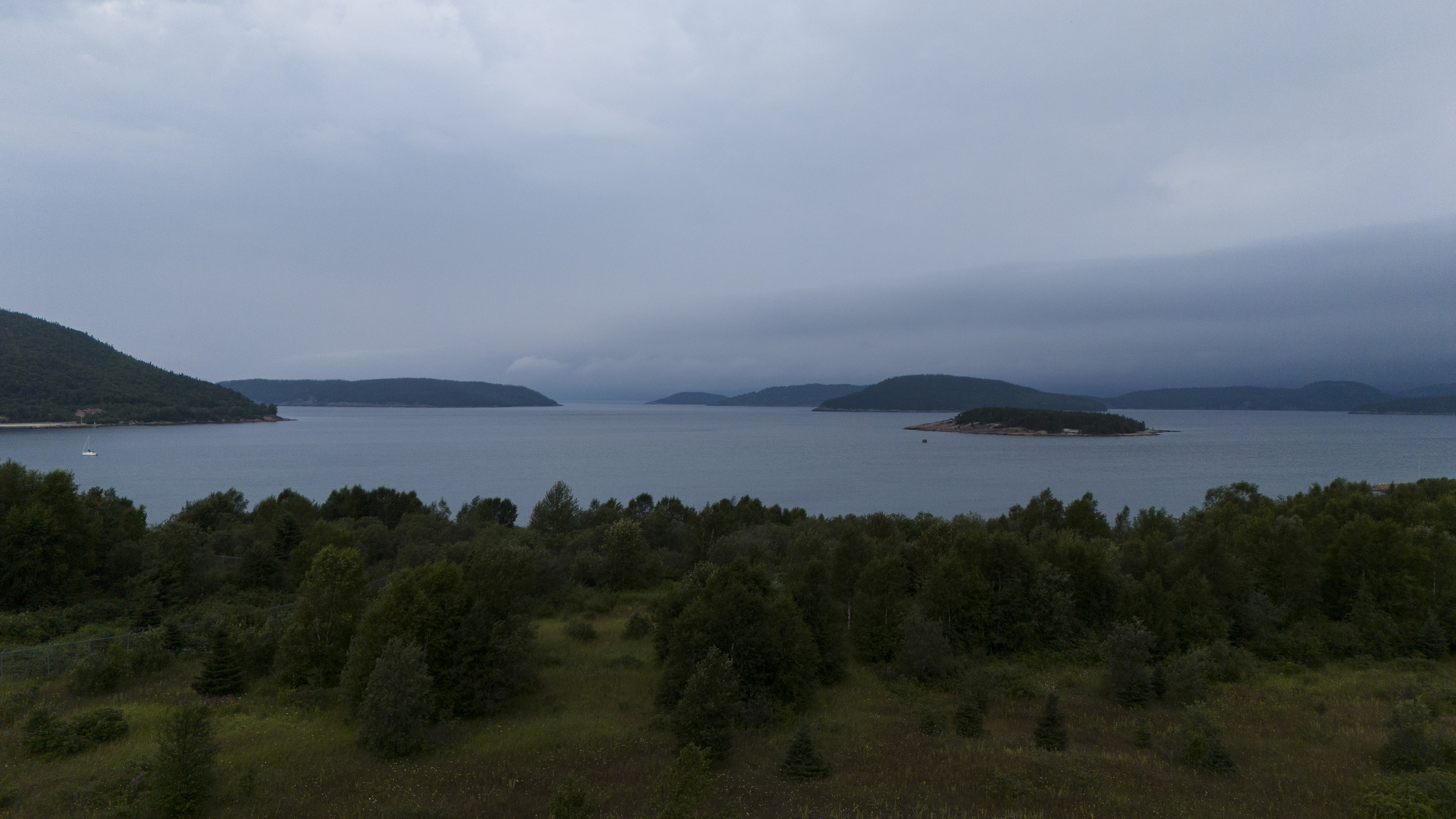
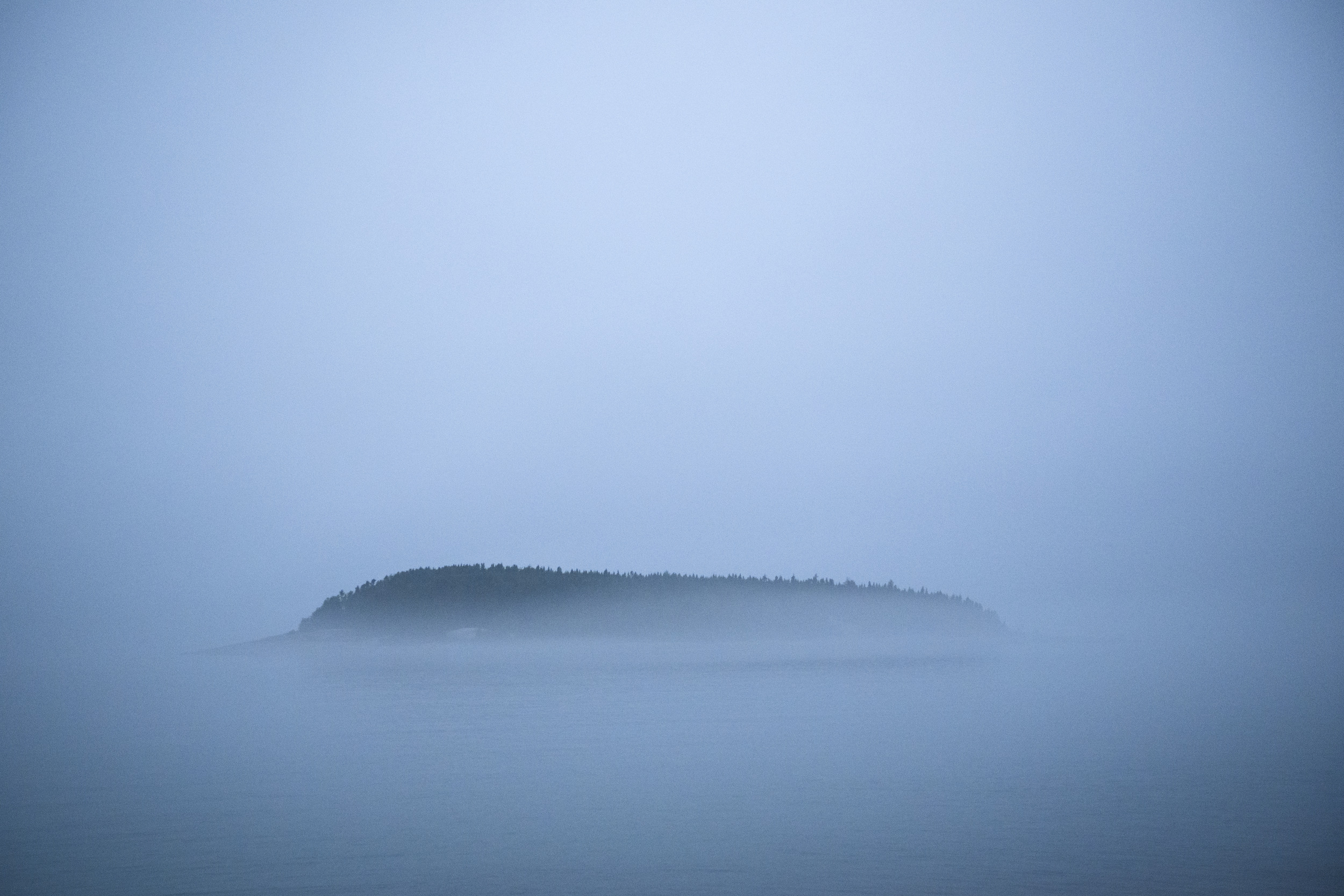
“That conservation agreement is a lot of words that really say nothing,” Chief Patricia Tangie of Michipicoten First Nation told The Narwhal in 2022. (Tangie wasn’t available to be interviewed for this story.)
In the months after the federal agreement was inked, the Ontario government revisited its long-stalled plan for the Lake Superior caribou, putting out a request for bids from consultants to help with the work. The move drew ire from Biigtigong Nishnaabeg and Michipicoten First Nation, who had long had caribou restoration plans and said the province should be putting them in action instead of hiring contractors.
It’s not clear whether the ministry ever hired someone, or what the status of its plan is. The ministry didn’t answer questions from The Narwhal about whether it will meet the deadlines in the federal-provincial agreement — or anything else about how it manages caribou.
Guilbeault briefly threatened Ontario with federal intervention in 2023, warning caribou in the province were still “not effectively protected.” But the two governments buried the hatchet and once again agreed to collaborate in May 2024, with each putting up another $29 million for caribou conservation work until 2027.
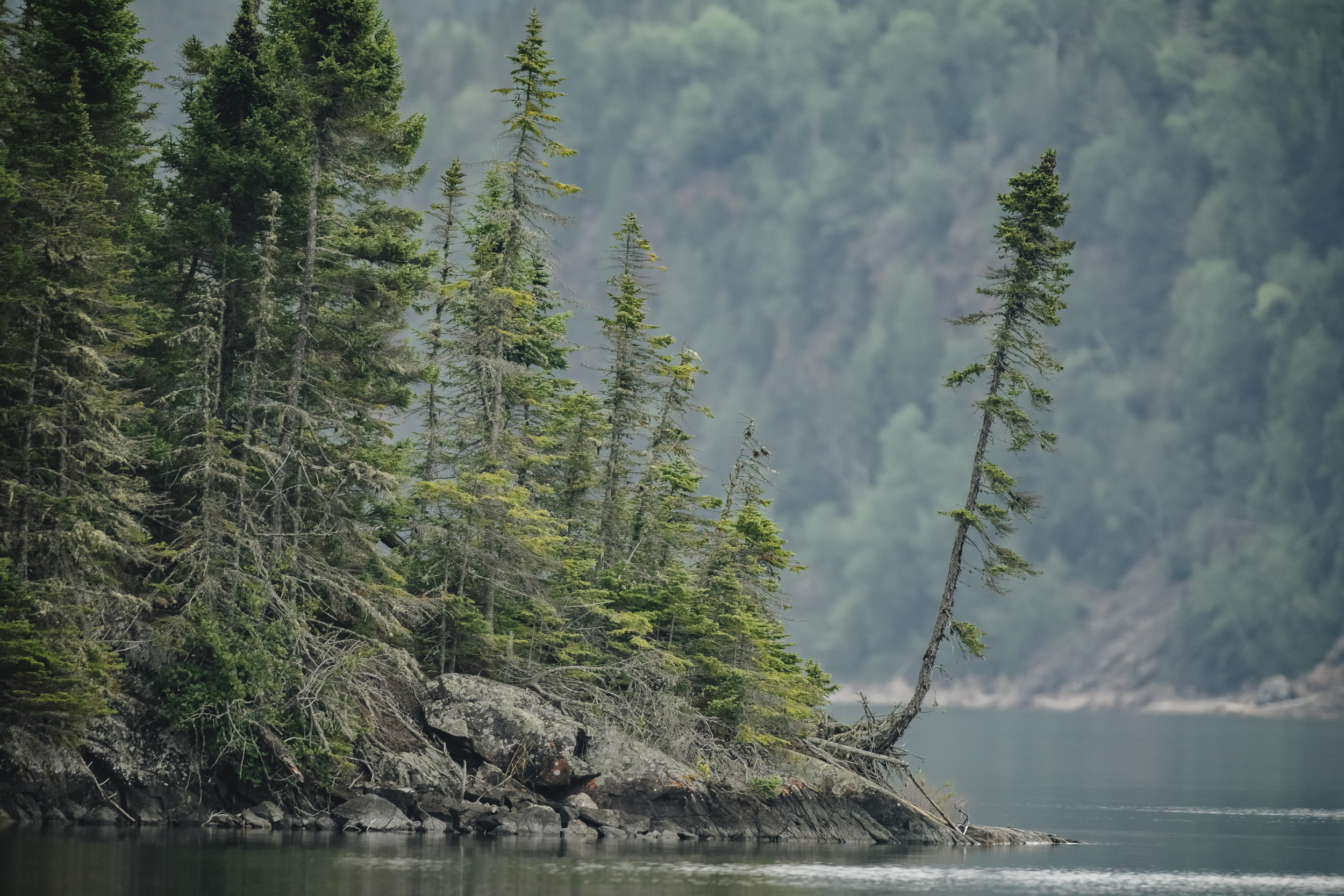
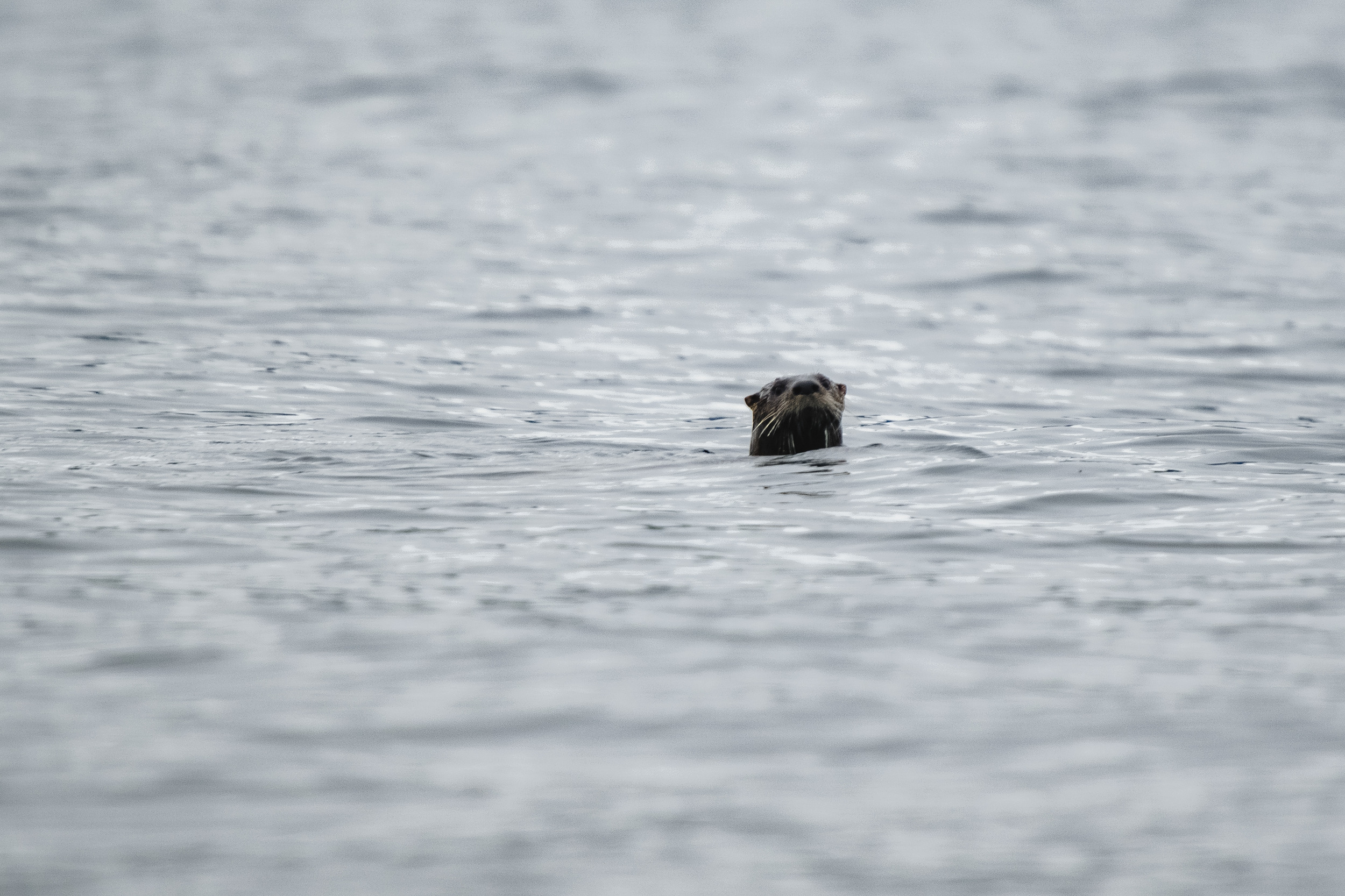
Ontario also committed to expanding two protected areas, conserving an additional 44,000 hectares of land that include caribou habitat, as early as 2025, but hasn’t released details yet of where those areas will be. In July, the province posted a list of provincial parks and conservation reserves it hopes to expand, but only one site’s description mentions caribou: about 152 hectares of proposed conservation reserve land on the Lake Superior shoreline south of Wawa. The government didn’t answer questions about whether any of the sites are a part of its caribou conservation promises.
Environment and Climate Change Canada spokesperson Amelie Desmarais didn’t directly answer when asked if the federal government is satisfied with how Ontario is following through on its caribou conservation commitments. In an email, Desmarais said Ontario has made progress on all of the measures in the federal-provincial agreement. The first two years of the agreement were focused on “necessary planning and program development,” she said, which Ontario must now put into action to maintain “existing undisturbed habitat and provide new habitat in ranges where disturbance levels are high.”
Brian McLaren, an associate professor at Lakehead University who has studied the Slate Islands caribou, tells me it will take some time and monitoring to see if any initiatives underway will translate into better outcomes for caribou. Their slow reproductive rate means it’ll be a while before experts can tell whether conservation measures are working, which he argues is all the more reason to keep funding them.
“I think that the expectation that we’re going to have a lot of recovery everywhere in Ontario in three years is not really grounded in reality,” McLaren adds.
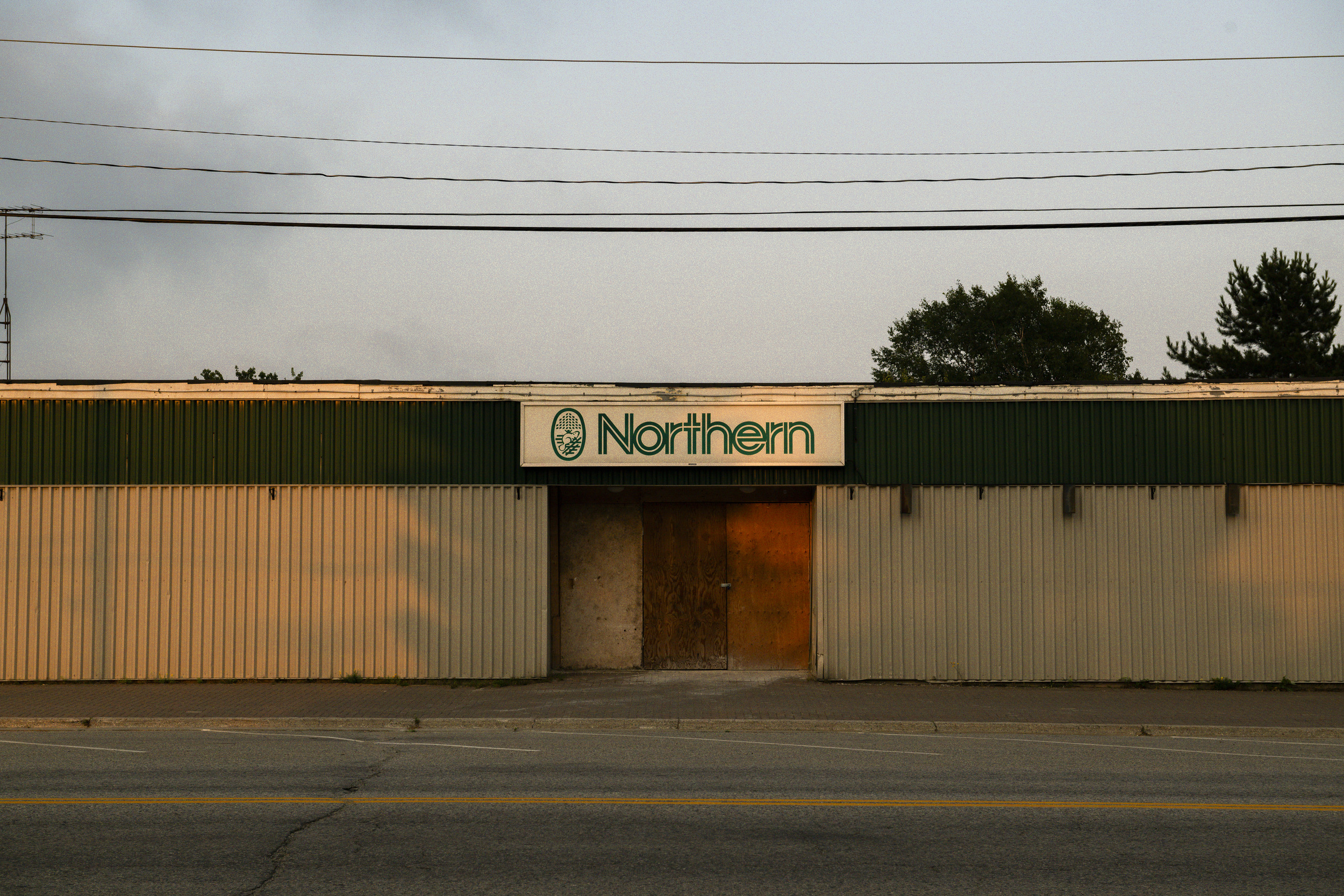
Across Canada, there is a tension between the critical role of industry in northern economies and conserving the land that threatened species like caribou need to survive. Ontario’s Endangered Species Act, which Premier Doug Ford’s Progressive Conservatives have already watered down since forming government in 2018, excludes the forestry industry — a temporary exemption the Tories made permanent in 2020.
On the whole, the province has emphasized the need for “balance” between protecting and recovering caribou and the “social and economic realities of Ontarians and industries in the north.” But the two don’t have to be in conflict.
One paper published in the journal Wildlife Society Bulletin in 2018 said although some people blame caribou conservation for economic hardship in northern Ontario, the amount of wood available for harvest hasn’t played a role in mill closures and job losses. In Ontario forests overlapping with caribou ranges, there’s already more wood legally available for harvest year after year than companies are actually taking, the researchers found. “The discussion of real economic tradeoffs may be more germane to areas outside Ontario,” the paper noted, pointing to Alberta’s imperilled caribou herds, whose habitat sits on top of oil reserves. (One of the paper’s co-authors is a member of The Narwhal’s board of directors. The Narwhal’s editorial decisions are made independently of our board.)
Still, the province’s rhetoric echoes a fundamental discomfort I run into again and again when talking to locals about the Lake Superior caribou: even people who want to see them bounce back wonder about the economic cost of making it happen. Those worries are often heightened when local industries are already struggling. Earlier this year, the mill in Terrace Bay, Ont., across the water from the Slate Islands, idled with no reopening date, leaving 400 employees out of work in what is far from an isolated incident in recent years.
David Wells is one of those people who feels torn over the cost of conservation. He owns Naturally Superior Adventures, a company based in Wawa that runs a lodge and offers guided paddling trips on Lake Superior. Right now, some of his guides lead tours to the Slate Islands. If caribou return to the shoreline, the iconic animals could be a huge draw for visitors.
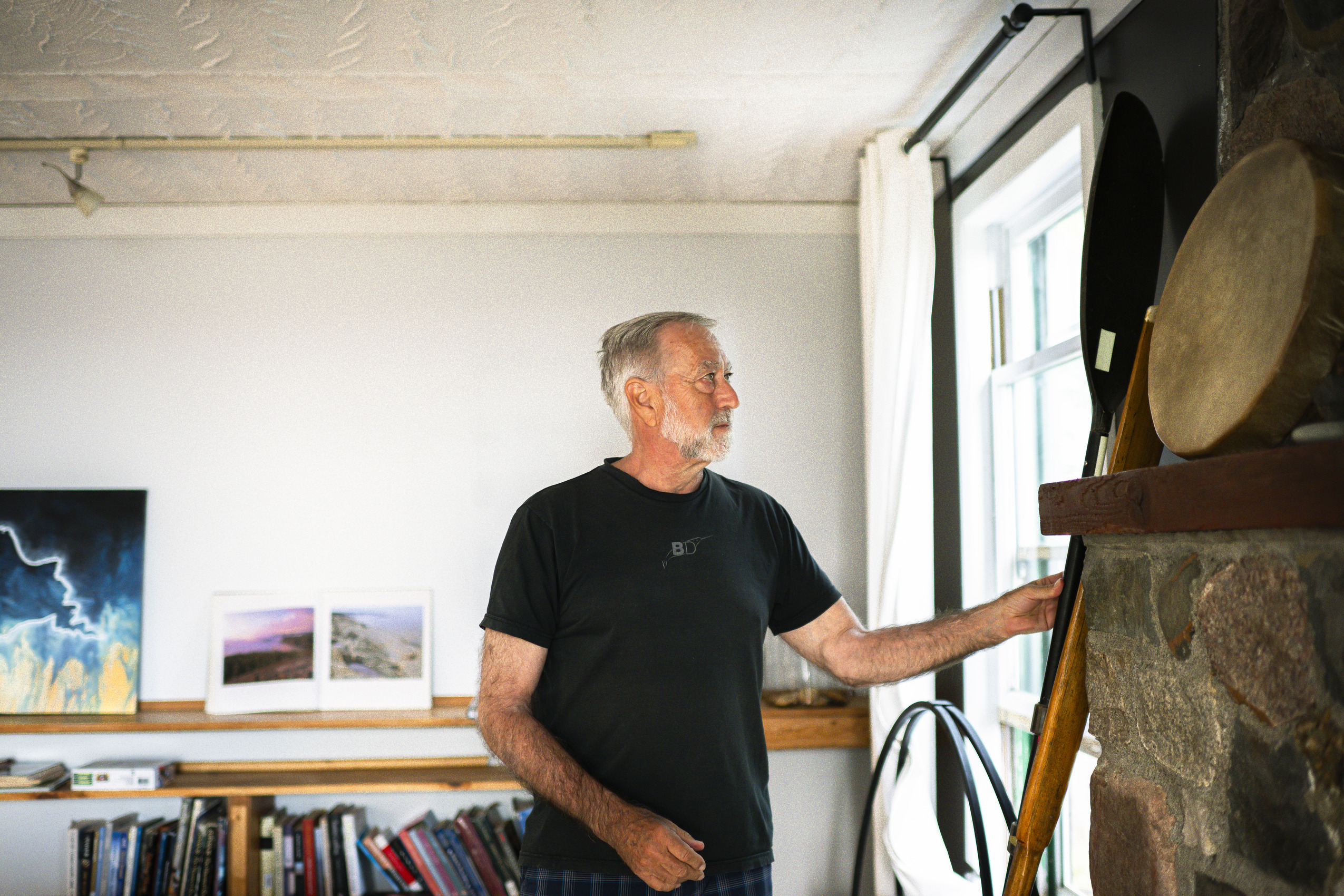
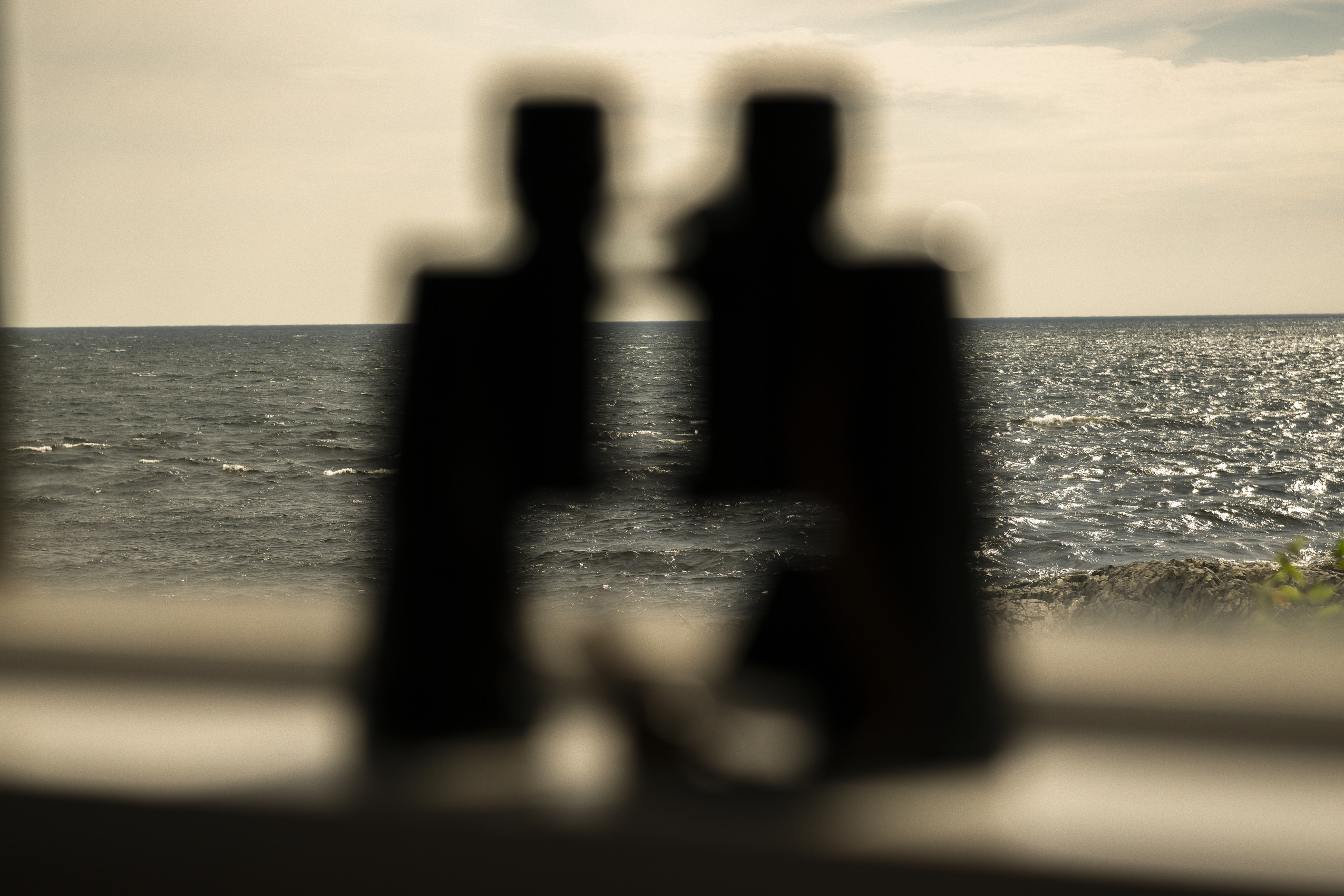
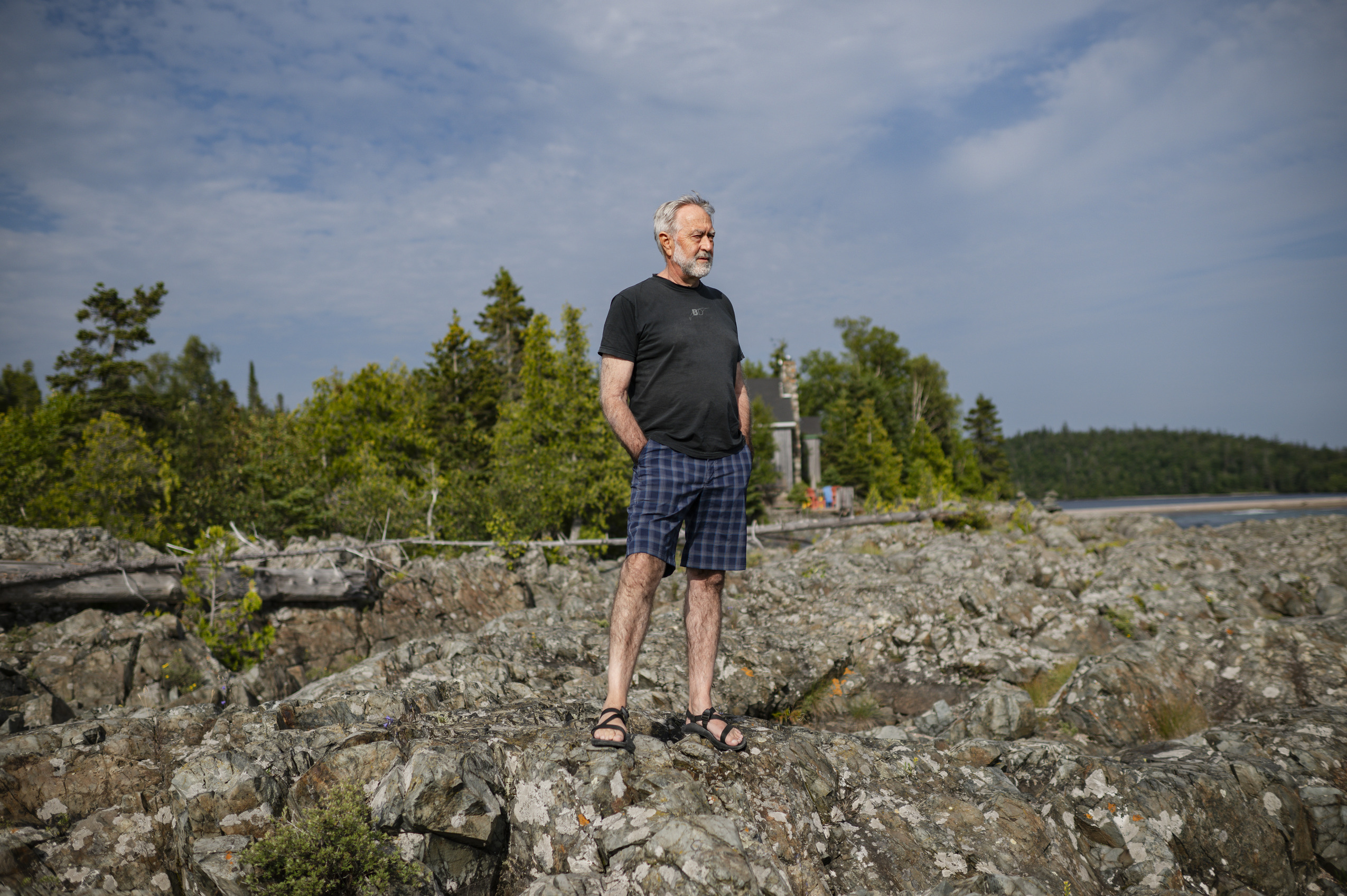
“If we had caribou on this coast, I’d be driving a Porsche,” he jokes from a sitting room at the lodge. Outside, waves crash over the greenstone that Wawa is known for, a type of volcanic rock that often also hosts deposits of valuable minerals like gold. Michipicoten Island is visible on the horizon — some days, fog and the angles of light can make it look like it’s floating above the water, shifting its shape and location.
There’s something ethical about the idea of restoring caribou here, Wells tells me, a sense that humans owe caribou something. Once we start messing with nature, essentially creating a garden, we have a responsibility to tend it. “We cannot just walk away,” he says.
But practically, Wells worries the Lake Superior caribou are beyond saving, and that government money might be better spent elsewhere. Wells was a forester before he started the adventure company, and he’s concerned about what could happen to the local economy if too much land is protected from industrial activity.
“It disturbs me when I see money being wasted on things that aren’t going to work,” he says.
“The politics of these things are disturbing as well, but that’s just part of being human. And I love wood, and I also understand, you know, people have got to eat. Wawa is a resource-based town, and if we just protect the whole area, then there’s going to be a lot of hungry people, and that’s not fair either. That’s not right … So how do you balance those things?”
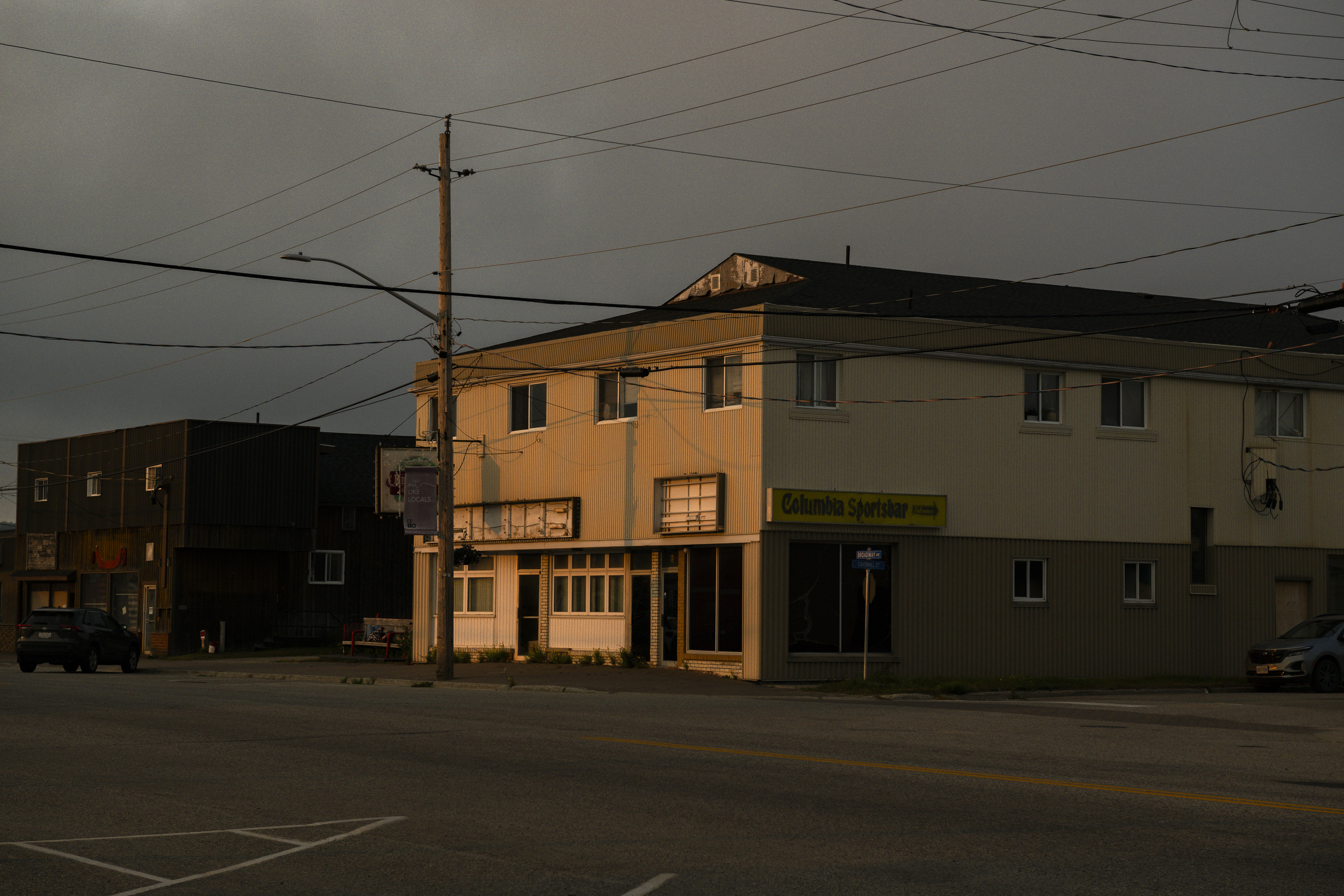
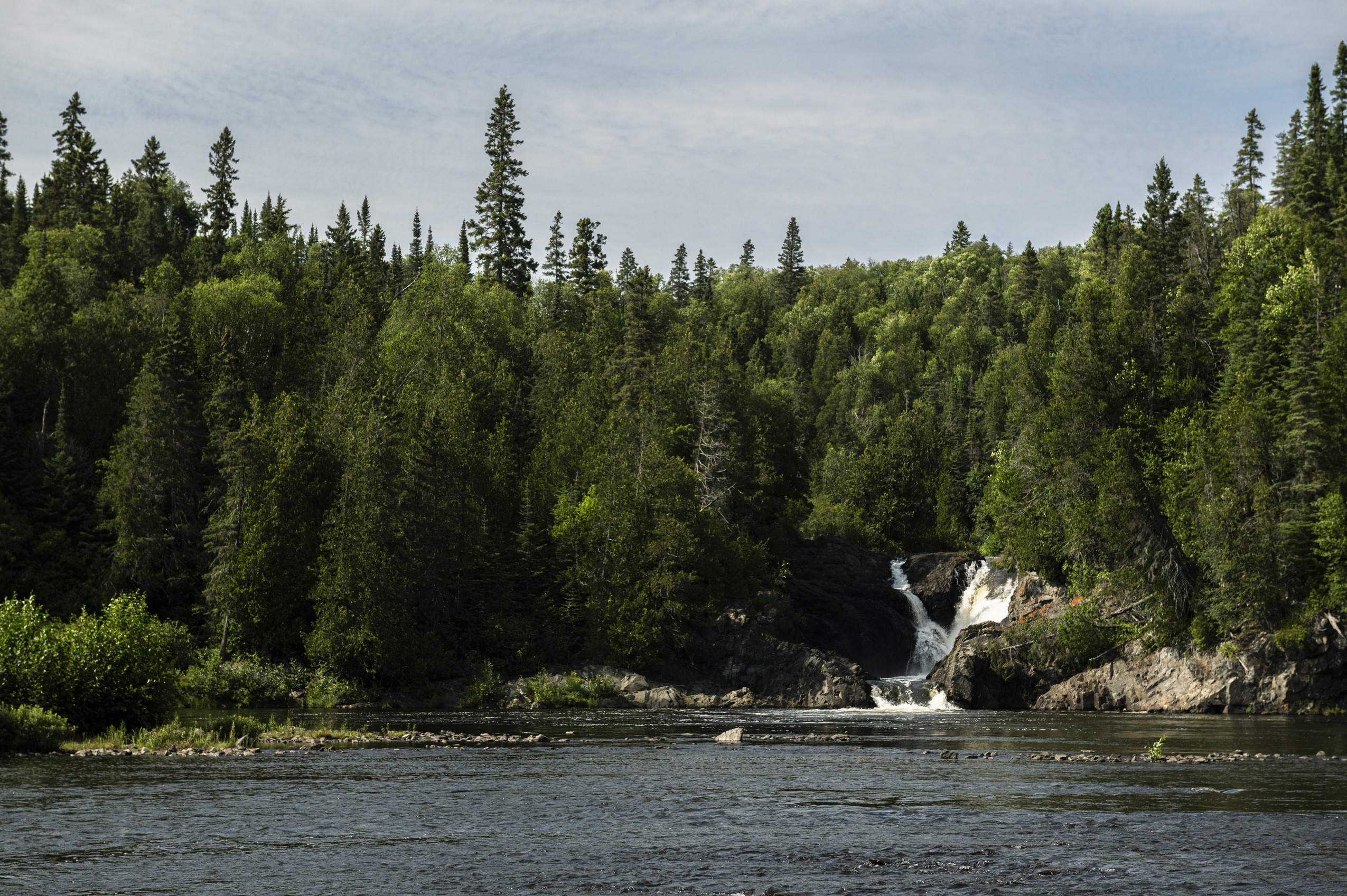
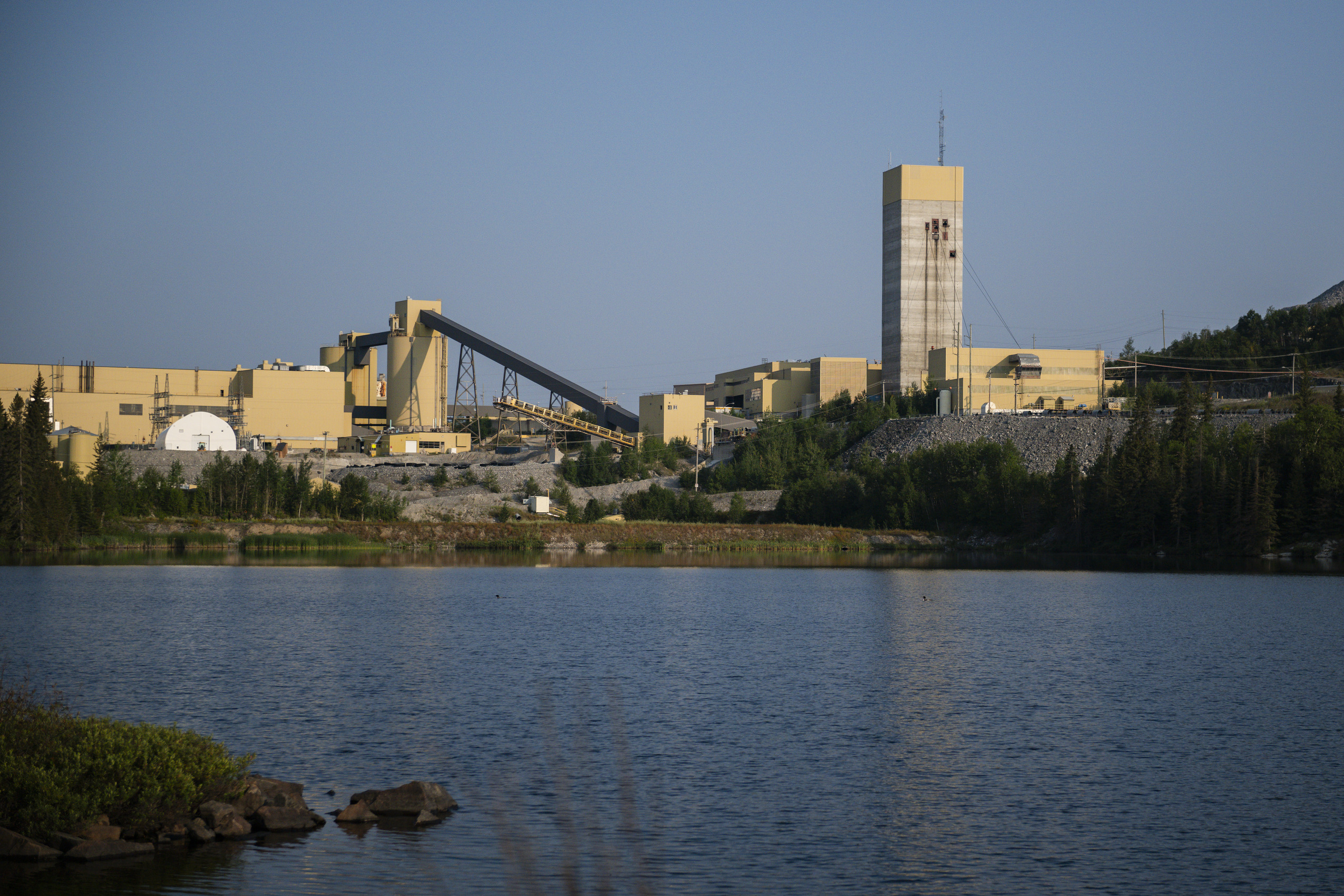
Back at Biigtigong Nishnaabeg, as we overlook Lake Superior, Michano tells me he doesn’t think we’ll ever again see an abundance of caribou along these shores. More mines are opening in the region, but he thinks most of this land already had little to no chance of ever being caribou habitat again — what’s done is done.
“All the infrastructure and all the factors that contributed to the decline are still there,” he says.
“You know, adding a little mine here and there is not going to create that much of an impact, because the impacts are already there. That started with the railroad in the late 1800s. My take on it basically is that we’ve got to preserve what we have, and then see if we can’t expand the population.”
To start, Michipicoten is spearheading a plan to airlift some caribou back to Michipicoten Island, which could happen as soon as this winter. If it goes well, Michano would like to try reintroducing them at Pukaskwa National Park as well. Biigtigong Nishnaabeg and their neighbours to the east, Netmizaaggamig Nishnaabeg, are also working on an Indigenous Protected and Conserved Area around several rivers, which could eventually provide nature corridors to connect the Lake Superior caribou to the northern herds.
It’s not without complications. Not everyone feels great about airlifting caribou from place to place. The Ontario government’s discussion paper also mentions a need for some sort of predator control — which might mean culling, sterilizing or relocating wolves, another unpleasant prospect. But to some, and especially Biigtigong Nishnaabeg and Michipicoten First Nation, it’s better than allowing caribou to disappear.
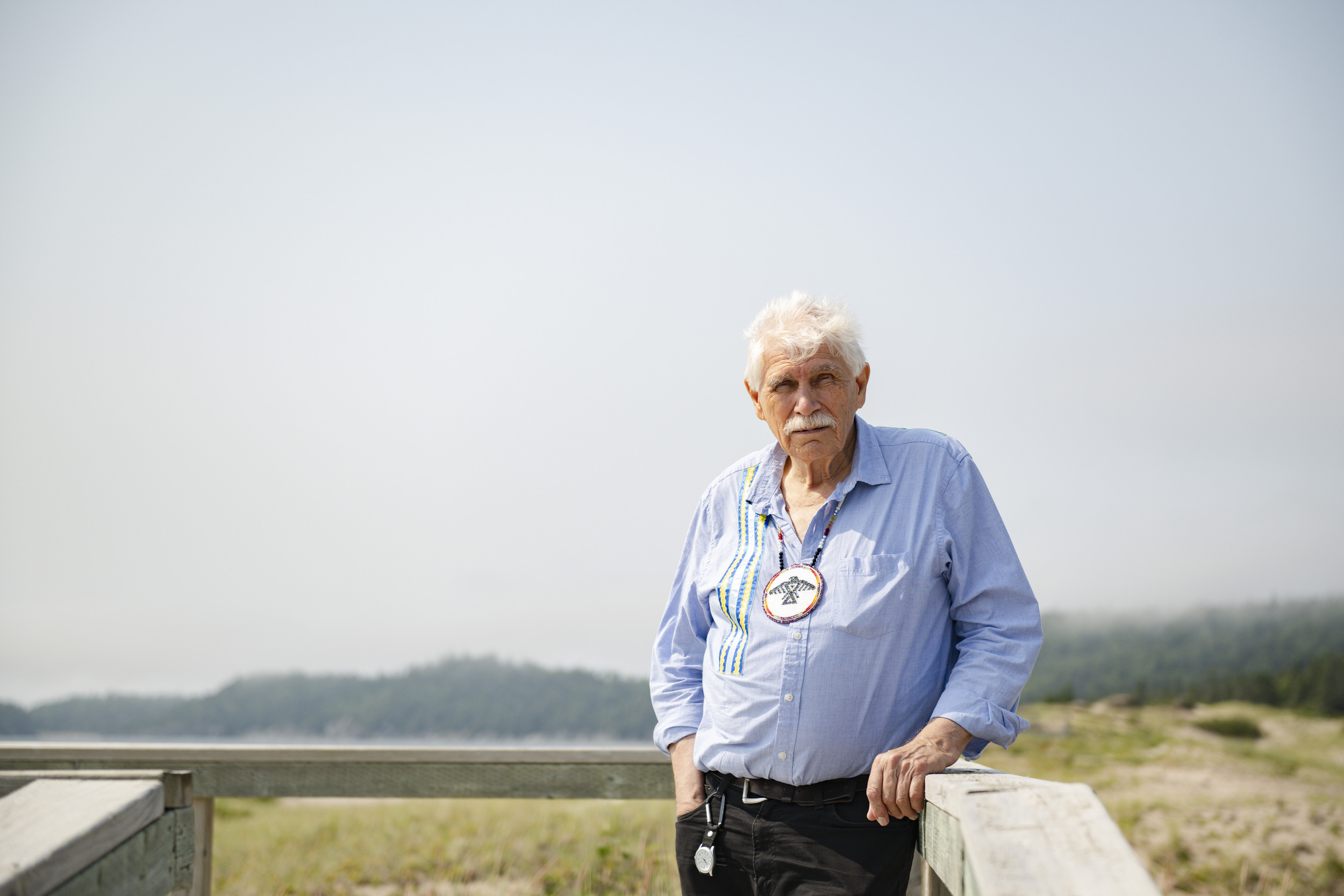
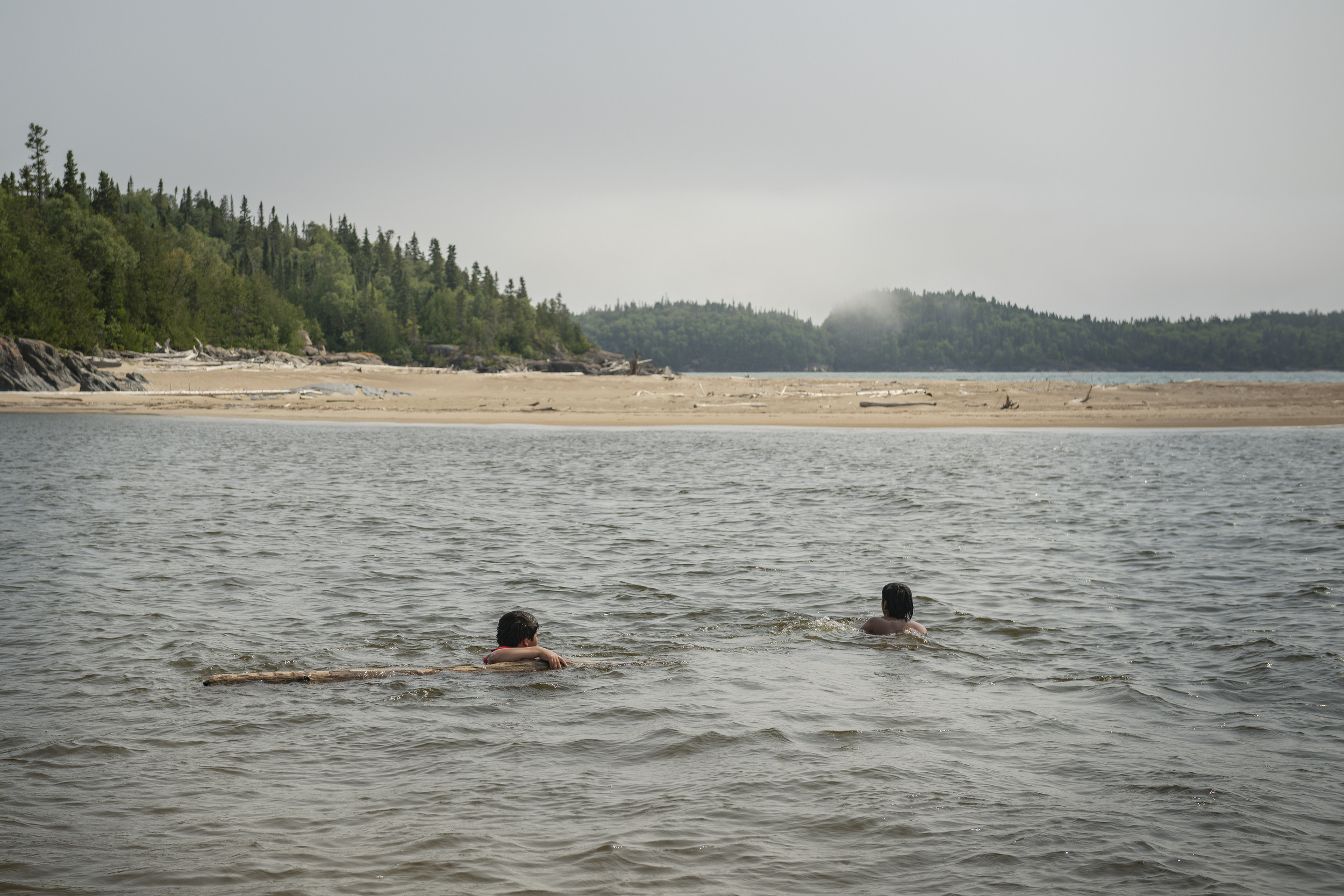
“They’re our relatives,” Michipicoten Chief Tangie said of the caribou back in 2022. “I think that’s one of the most important things to remember. Just like we would not harm our aunties and uncles or our brothers and sisters, we wouldn’t harm them knowingly.”
McLaren, with Lakehead University, supports the idea of trying to reconnect the Lake Superior caribou to northern herds through nature corridors. He also thinks it’ll require something governments are often reluctant to offer: willingness to try when there’s no guarantee it will work. “The fact that more people are talking about it suggests that we may have something happen,” he says.
For now, scientists on the ground have been able to get some idea of caribou movements in the region with aerial surveys in the winter, when there’s less foliage blocking their view and the fresh snow makes hoofprints easy to spot.
Other studies have used fecal DNA, sometimes with surprising results. A 2023 study found a little bit of genetic flow between caribou in the Lake Superior range and the ones 100 kilometres to the north. Once in a while, it seems, individual ungulates cross the expanse of development separating them and reconnect with their relatives. The study was done by a group of researchers at Trent University, along with one scientist from Environment and Climate Change Canada, with some funding from Ontario’s caribou conservation program.
Researchers have also used the Ontario government’s trail cameras on the Slate Islands to get a sense of caribou movements on the archipelago. Visitors to the Slates who see them in person seem to find them more by chance than anything else.
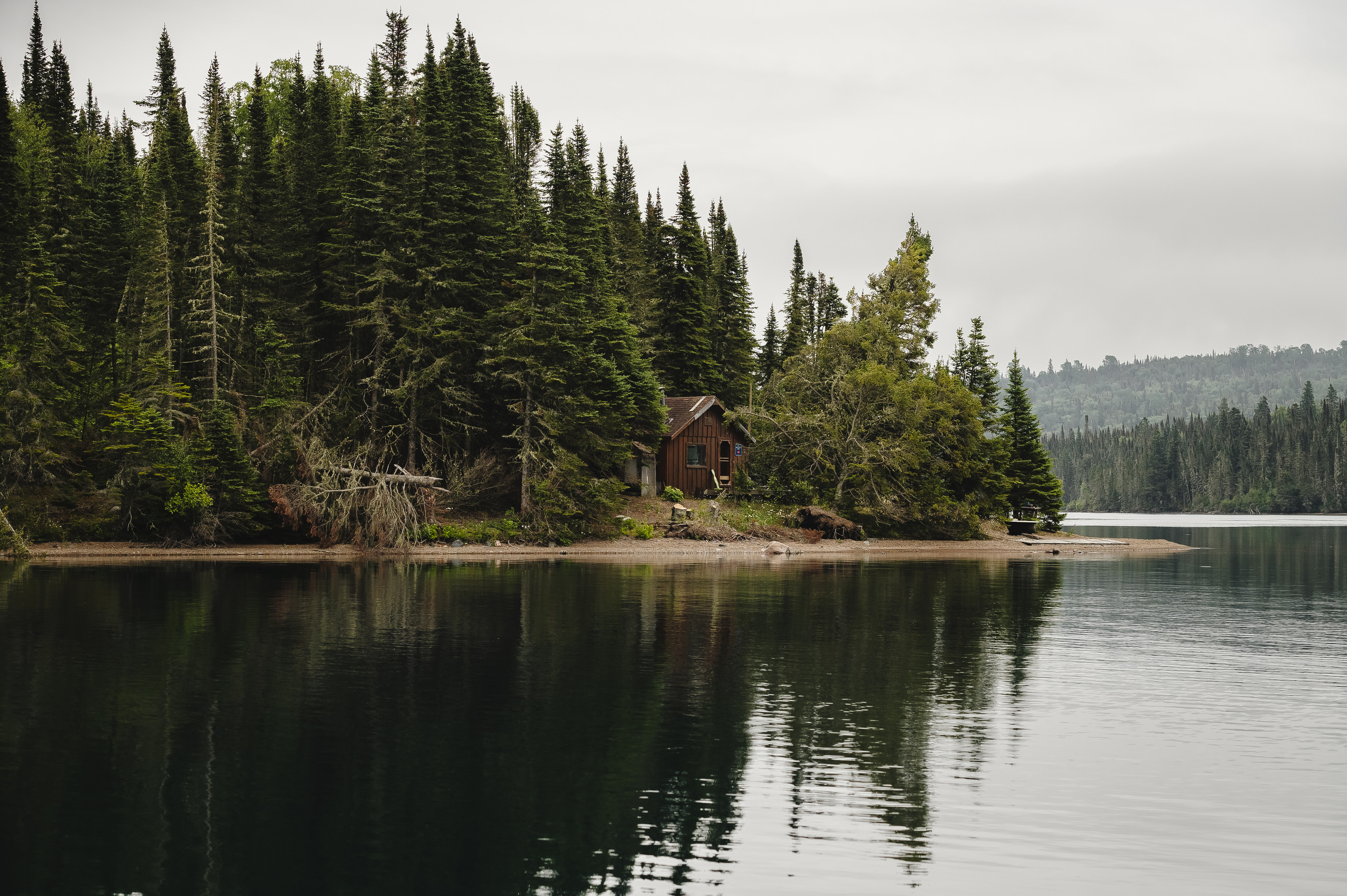
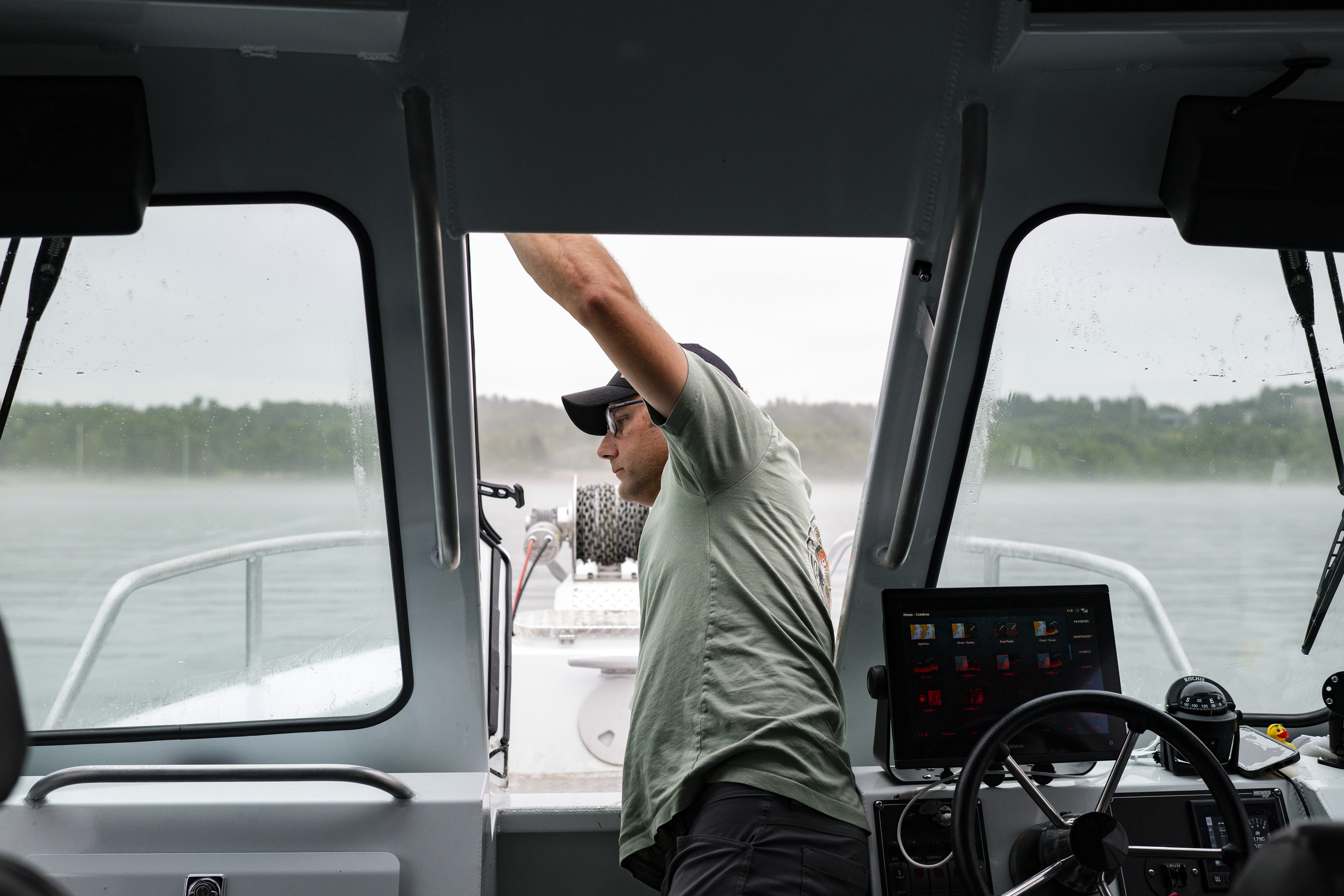
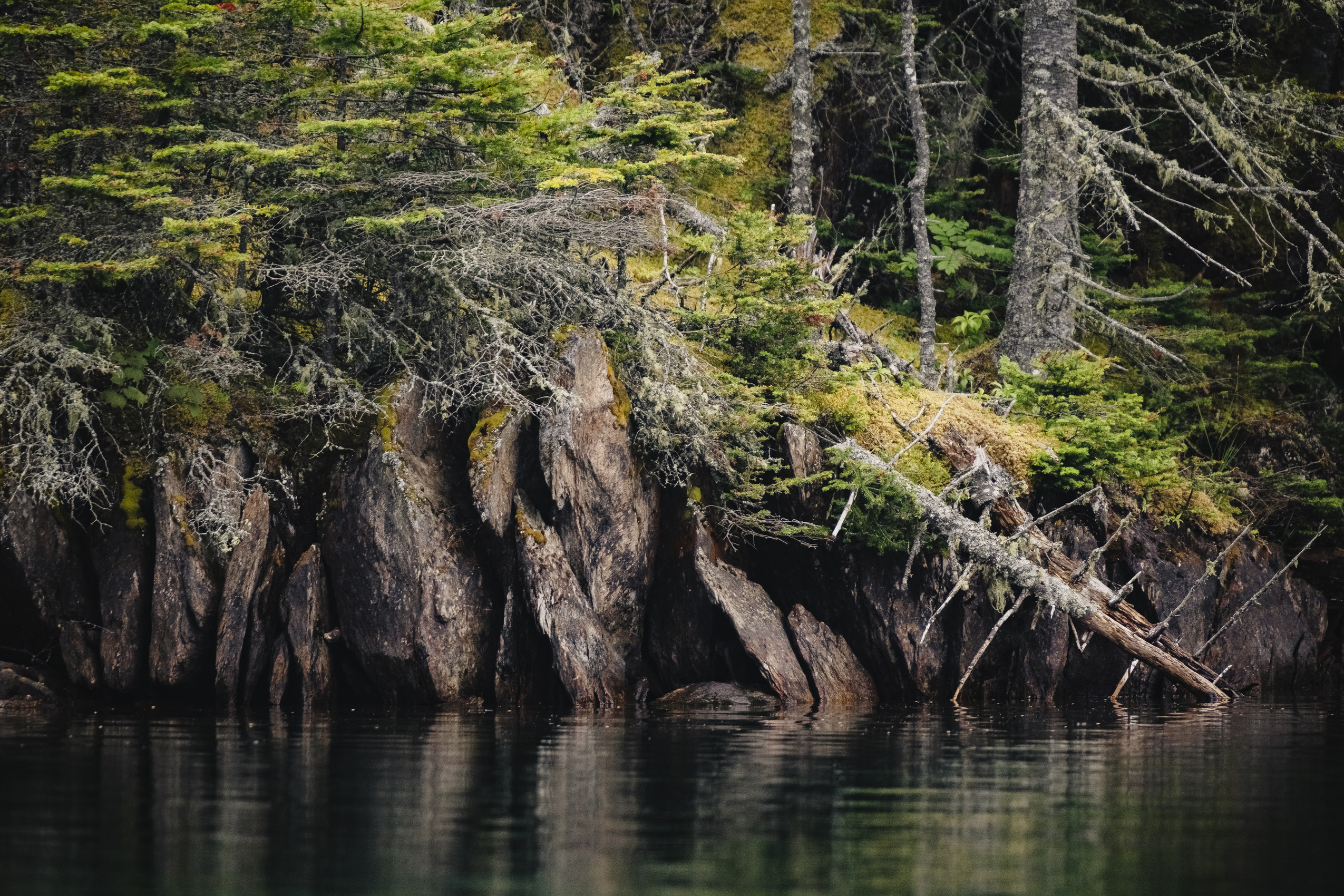
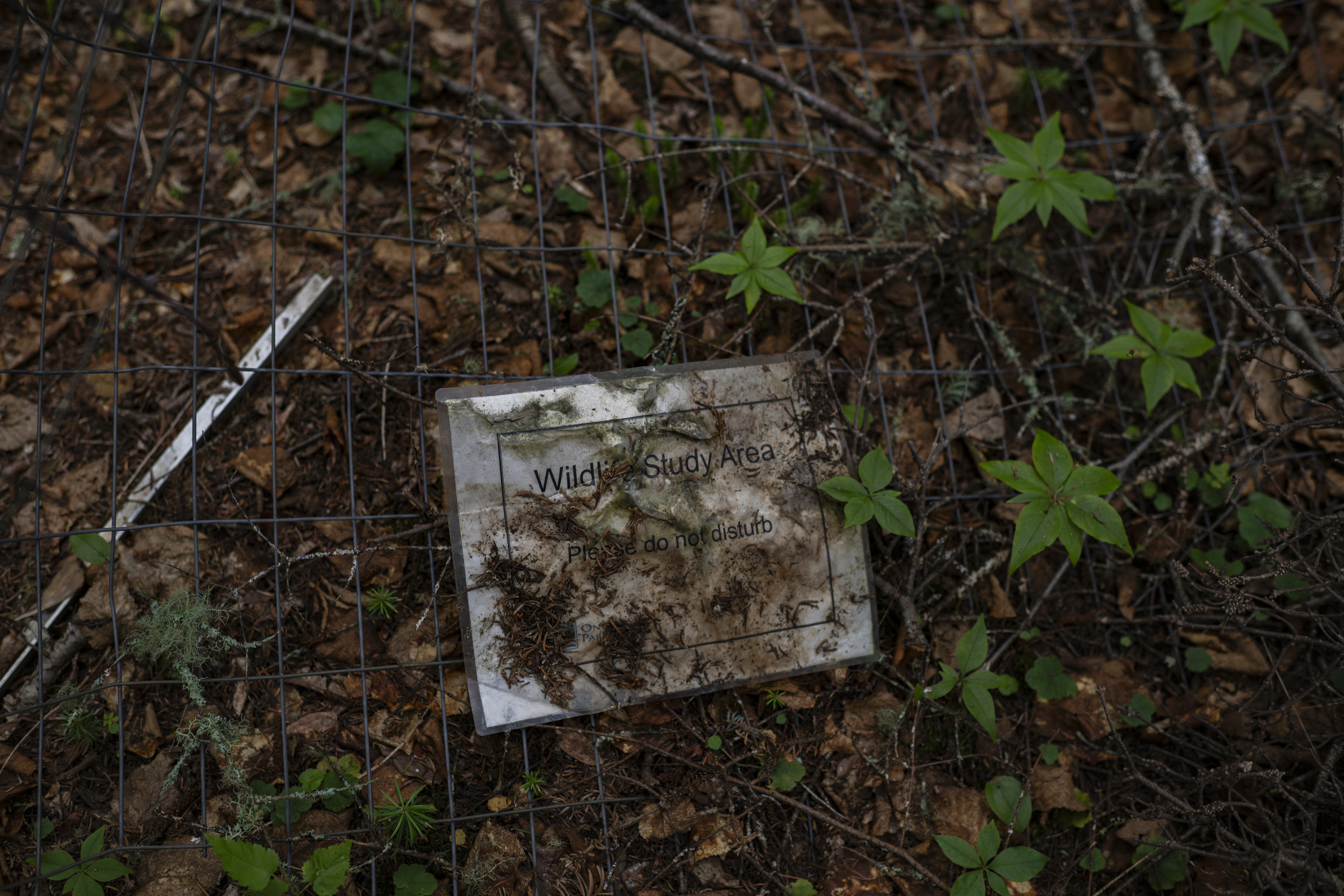
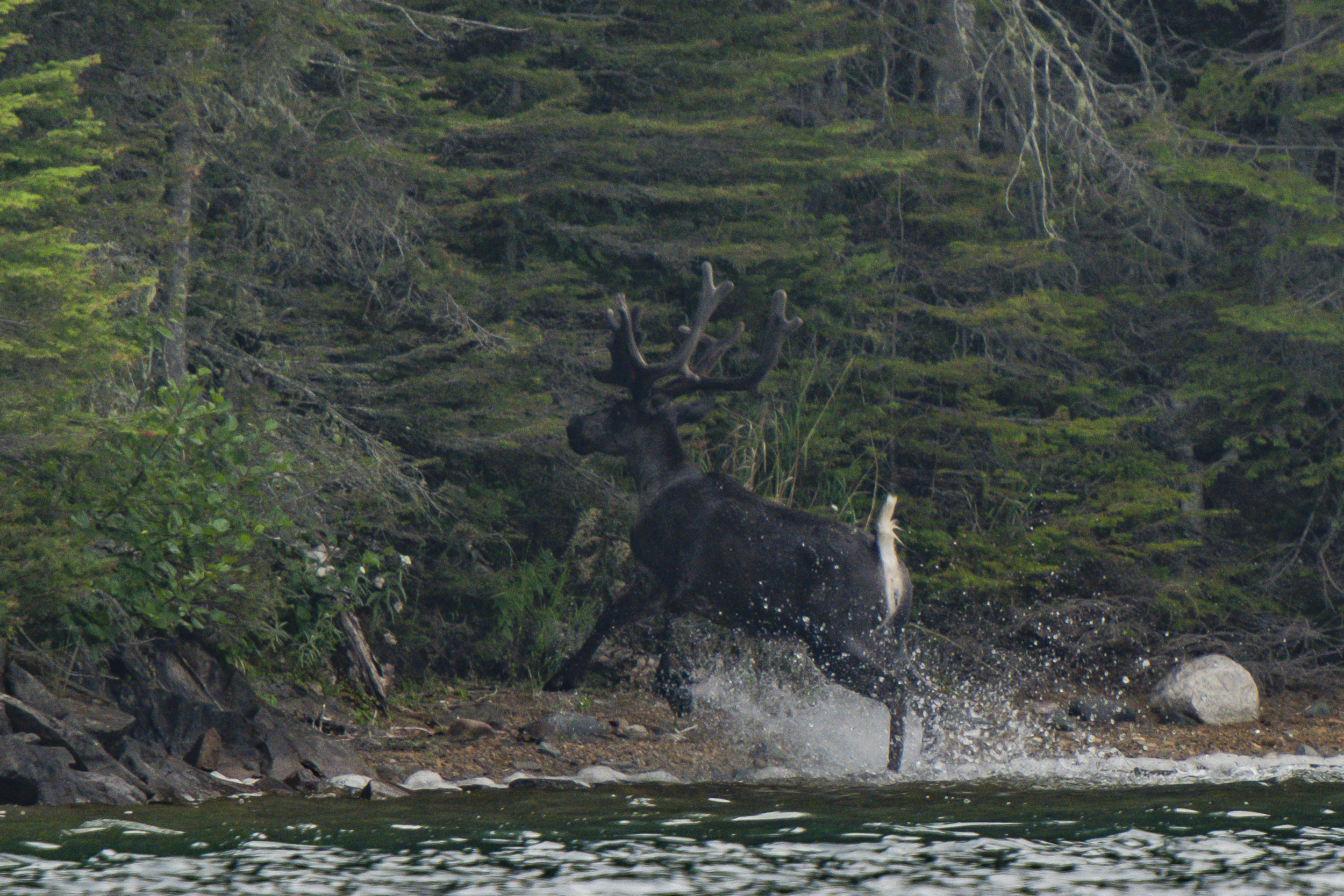
As Bourgeault, our guide, steers us down one last channel before we’ll head back to the mainland, I’m beginning to accept that luck just isn’t on our side. Resigned to the lack of caribou, I crack open my notebook while Katsarov Luna, the photographer, gazes out the back of the boat. For a moment, we all fall quiet. Until Bourgeault sees something.
“Caribou! Caribou!” he cries out, pointing towards the bow of the boat.
My head snaps up, and there he is: a magnificent bull with an enormous rack of antlers, paddling across the channel a few hundred metres ahead of us. Too big to be a deer, too small to be a moose, his tail sticking out of the water. Katsarov Luna readies his camera while I fumble for a pair of binoculars, and the three of us peer at the swimmer through the windshield.
The bull glances at us once with solemn, inky eyes. In a matter of seconds, he reaches the shore and heaves himself onto the beach in a flash of hooves. His fur blends perfectly with the rocky shoreline and the tree trunks behind it, rendering him invisible, save a bright white patch beneath his tail. With a few more steps he melts completely into the forest, like an apparition. Like he’d never been there at all.
Get the inside scoop on The Narwhal’s environment and climate reporting by signing up for our free newsletter. On a warm September evening nearly 15...
Continue reading
Katzie First Nation wants BC Hydro to let more water into the Fraser region's Alouette...

Premier David Eby says new legislation won’t degrade environmental protections or Indigenous Rights. Critics warn...

Between a fresh take on engagement and our new life on video, our team is...
